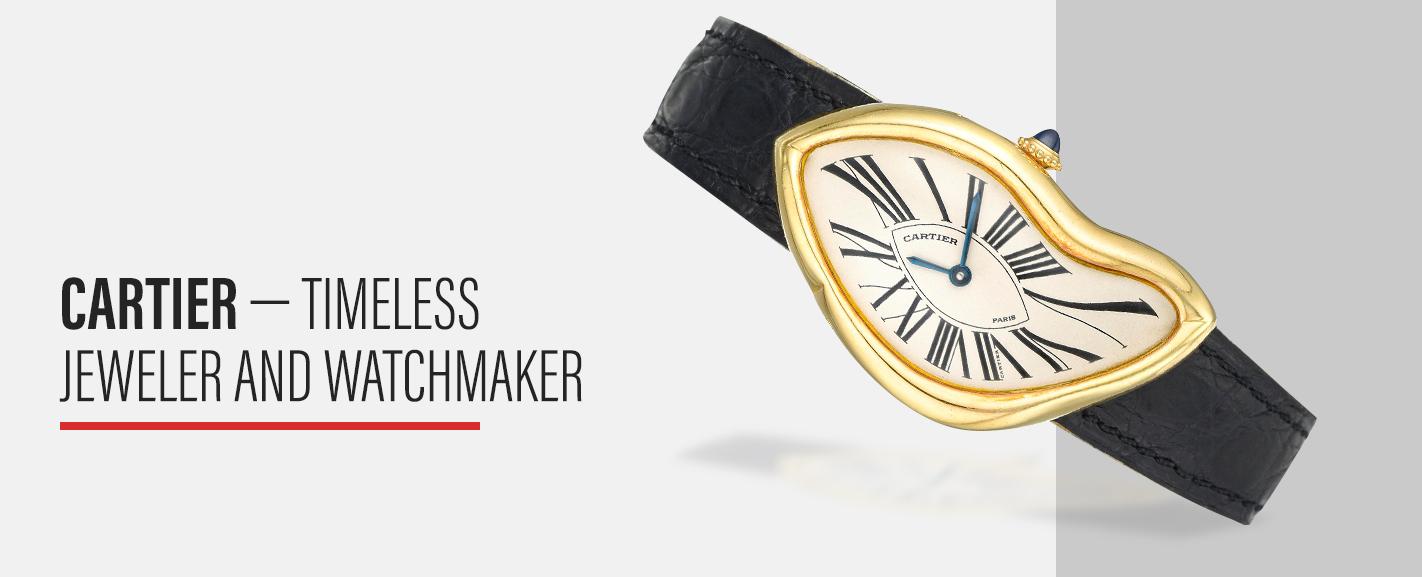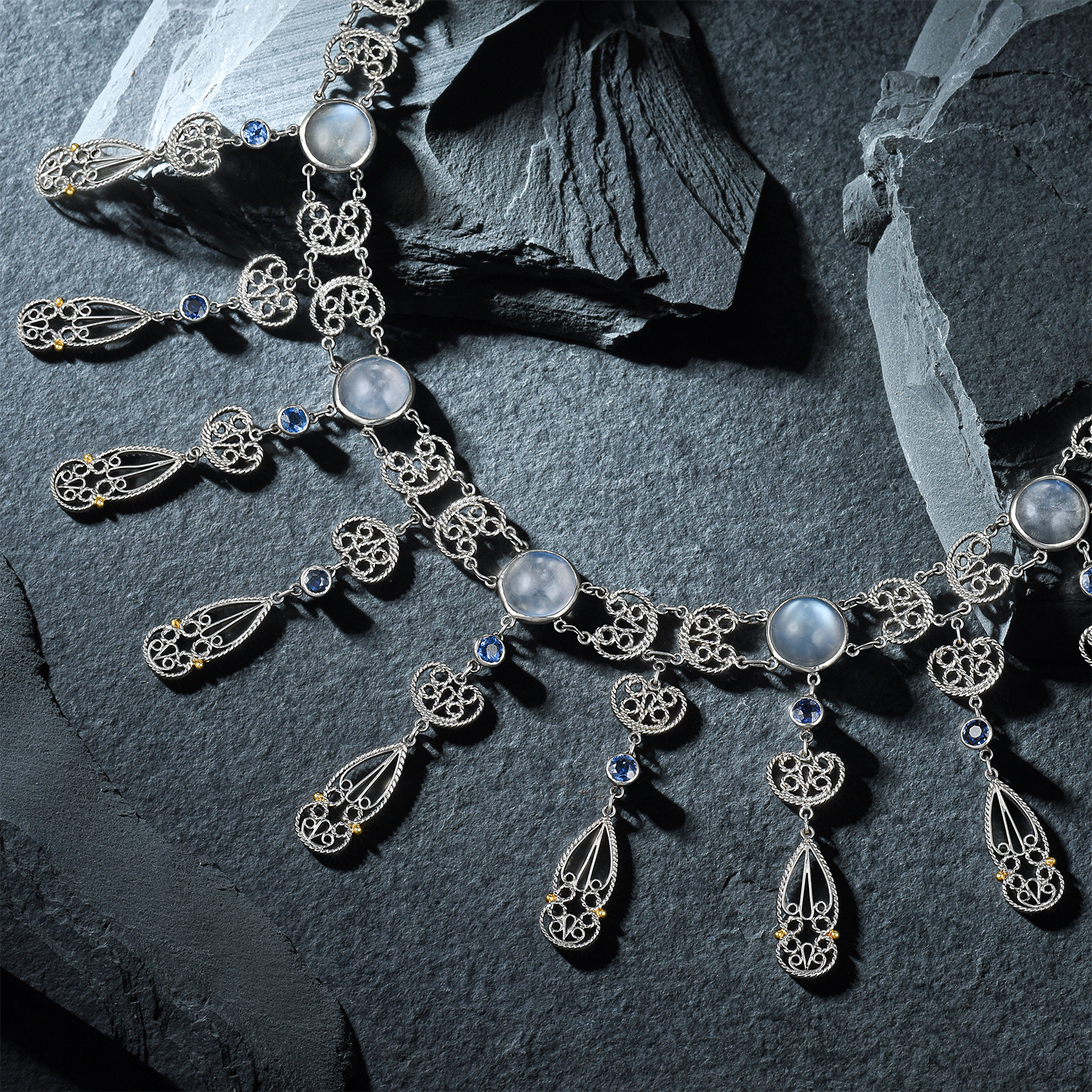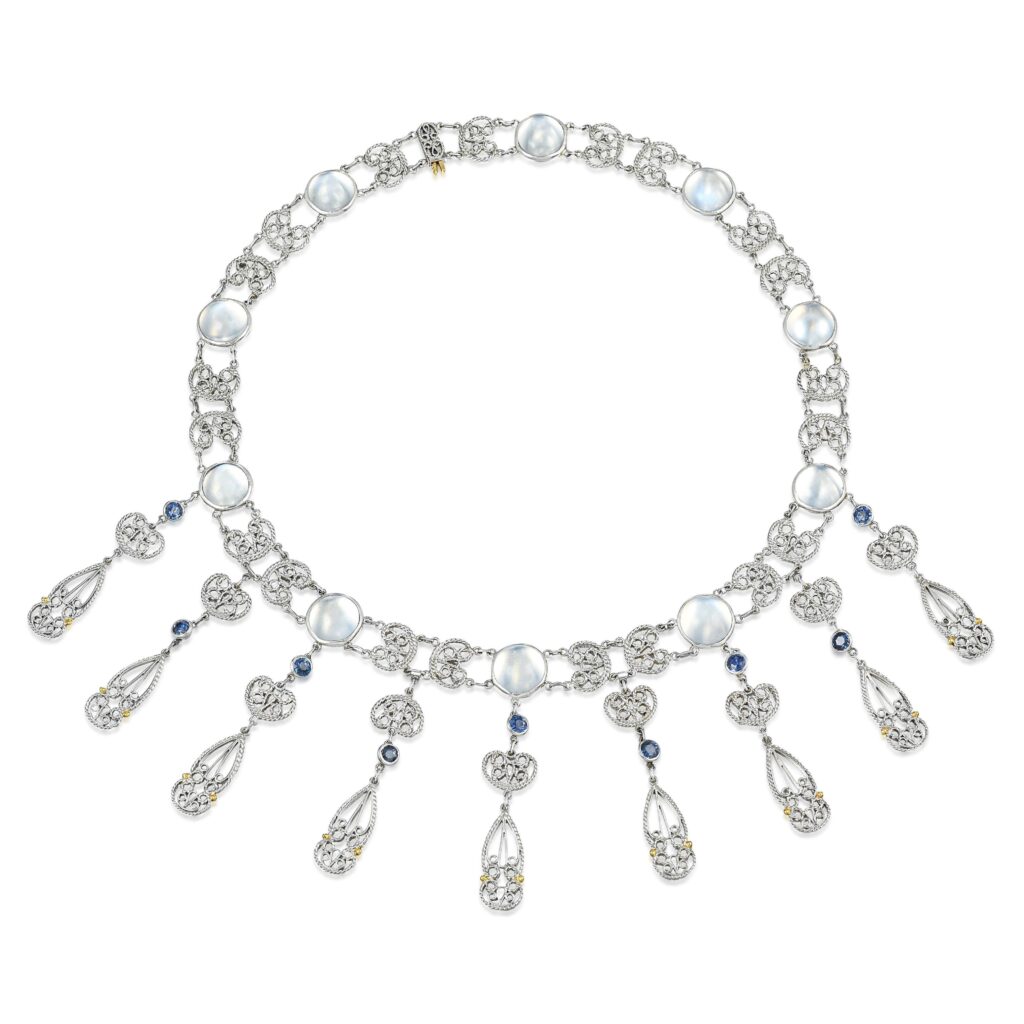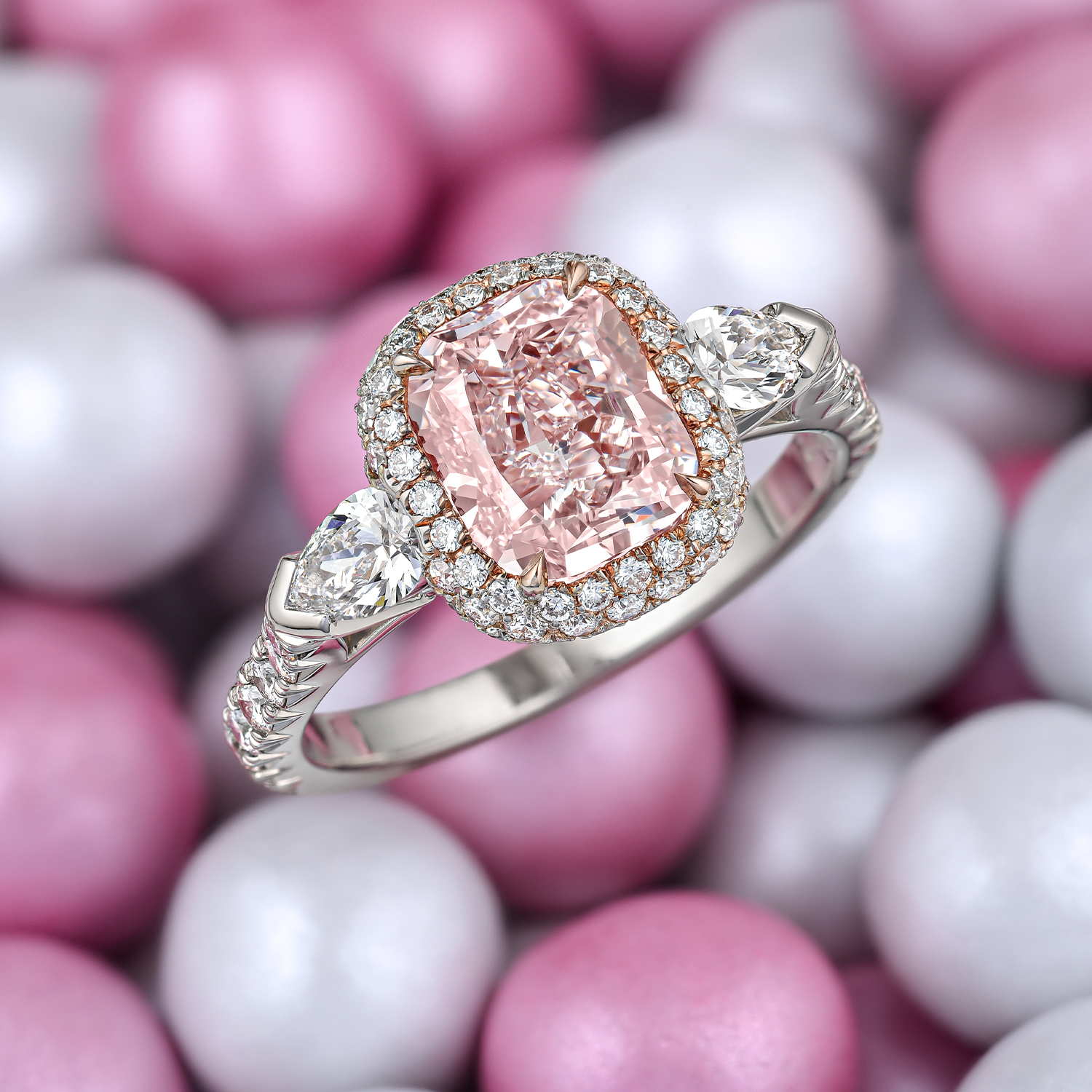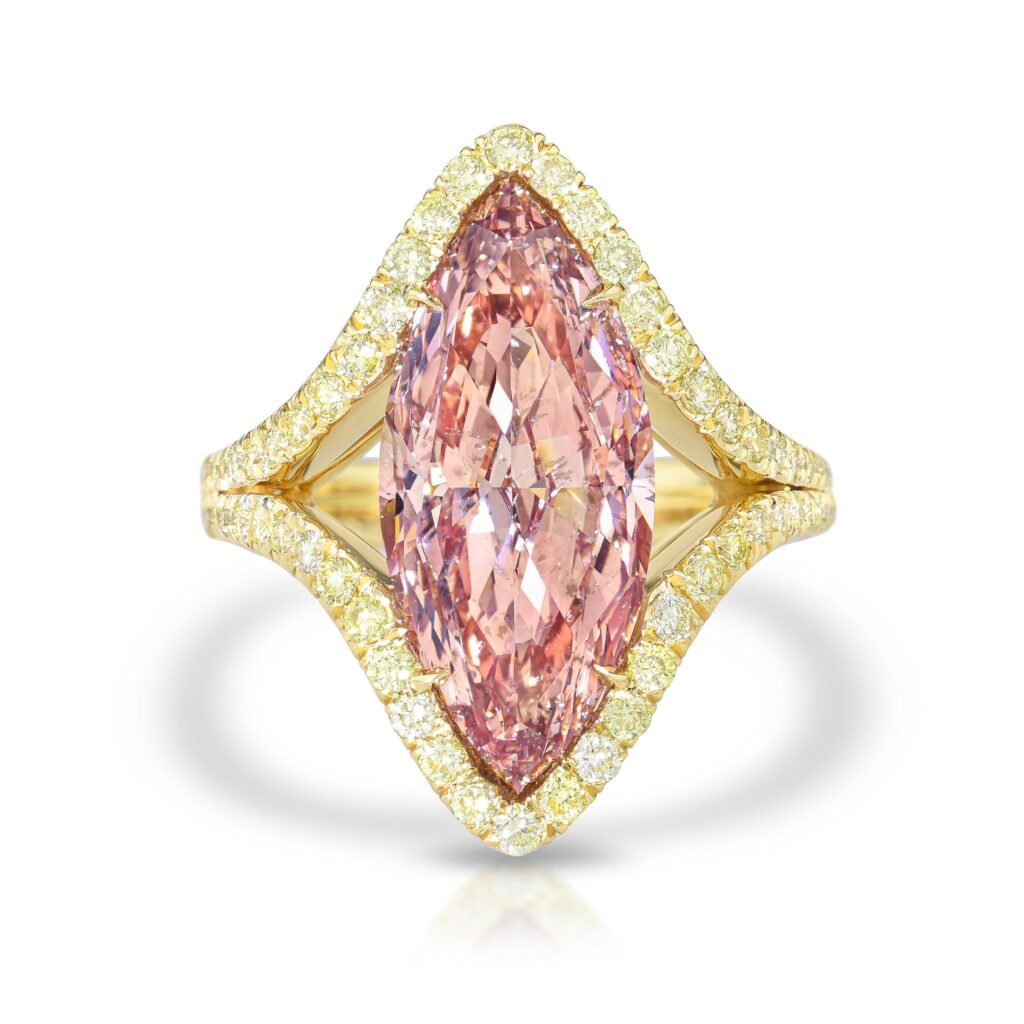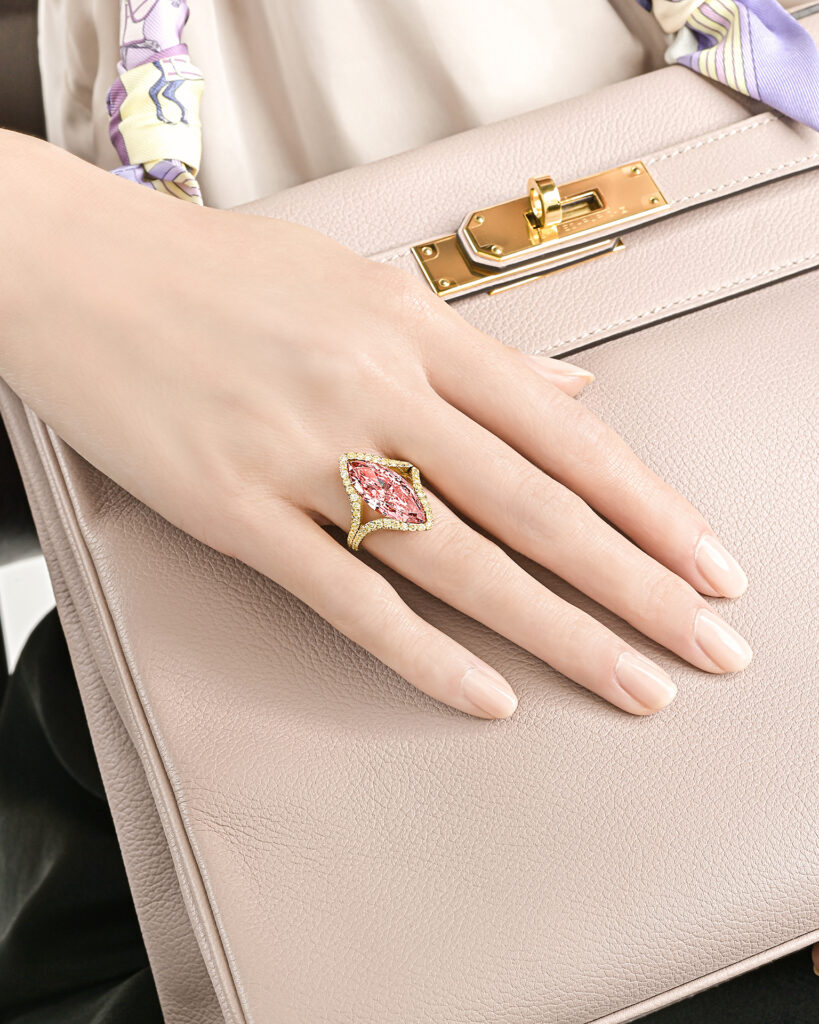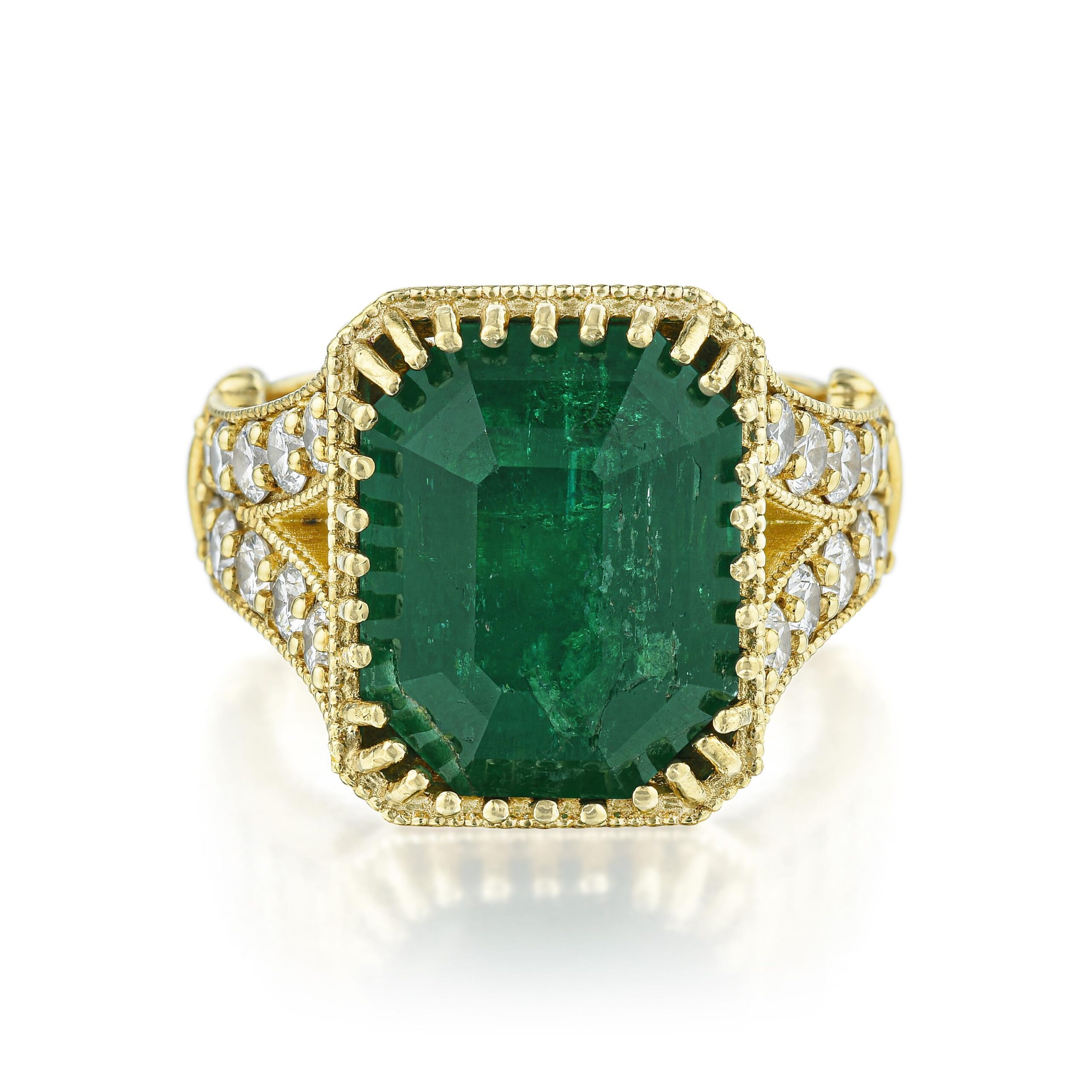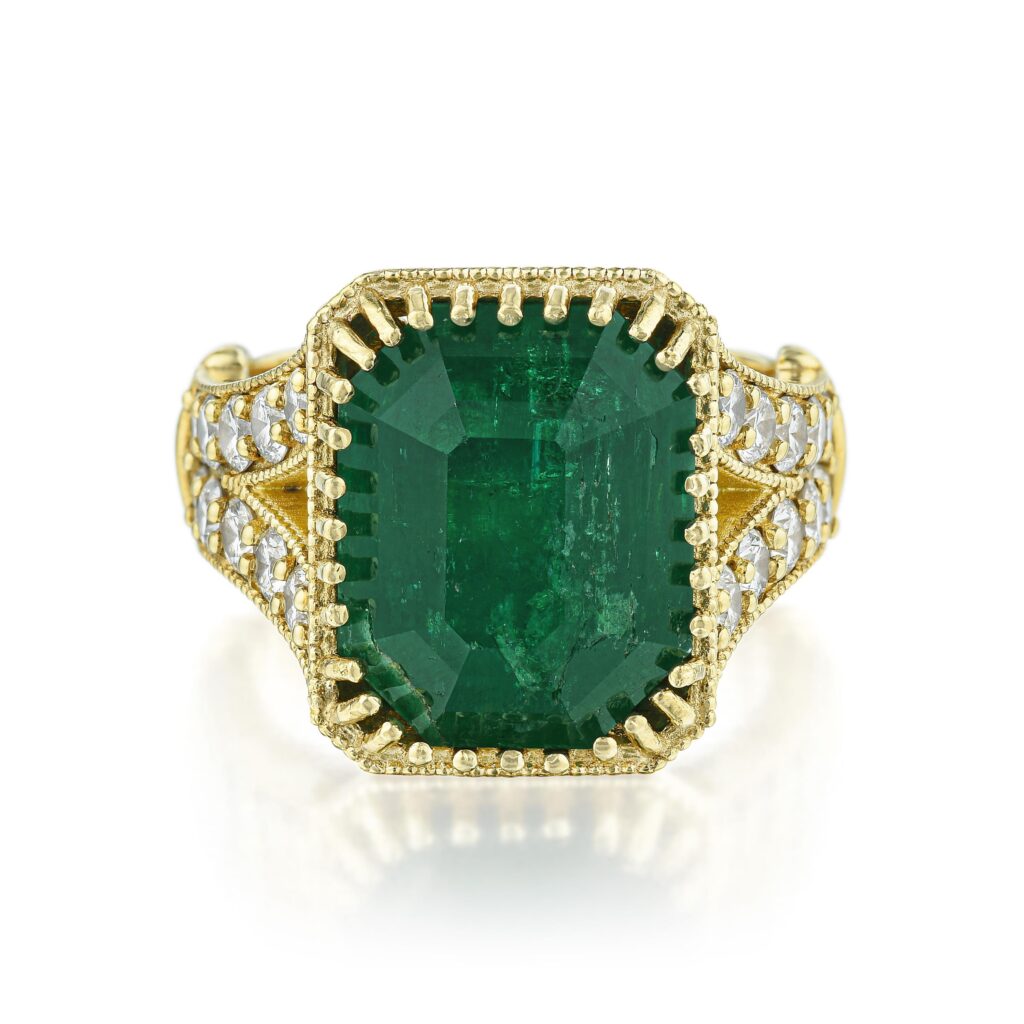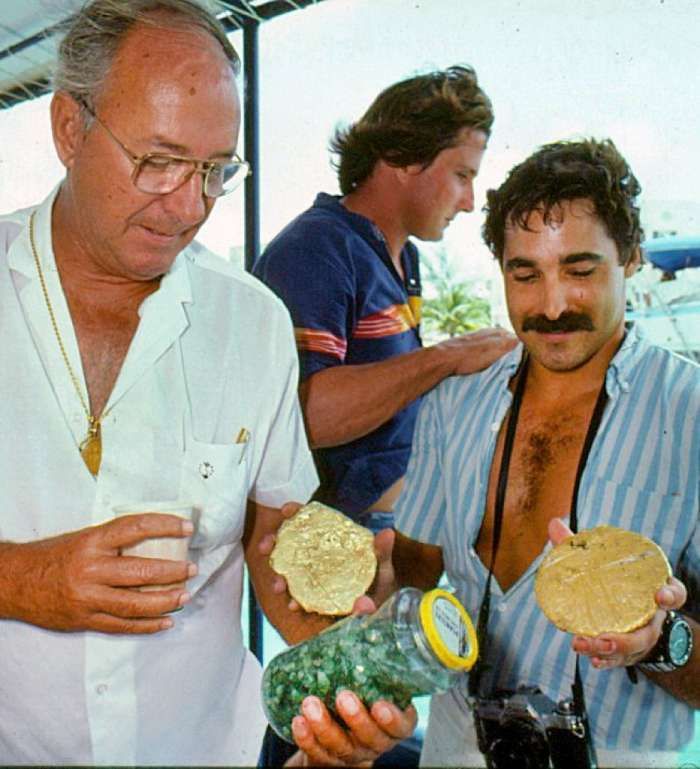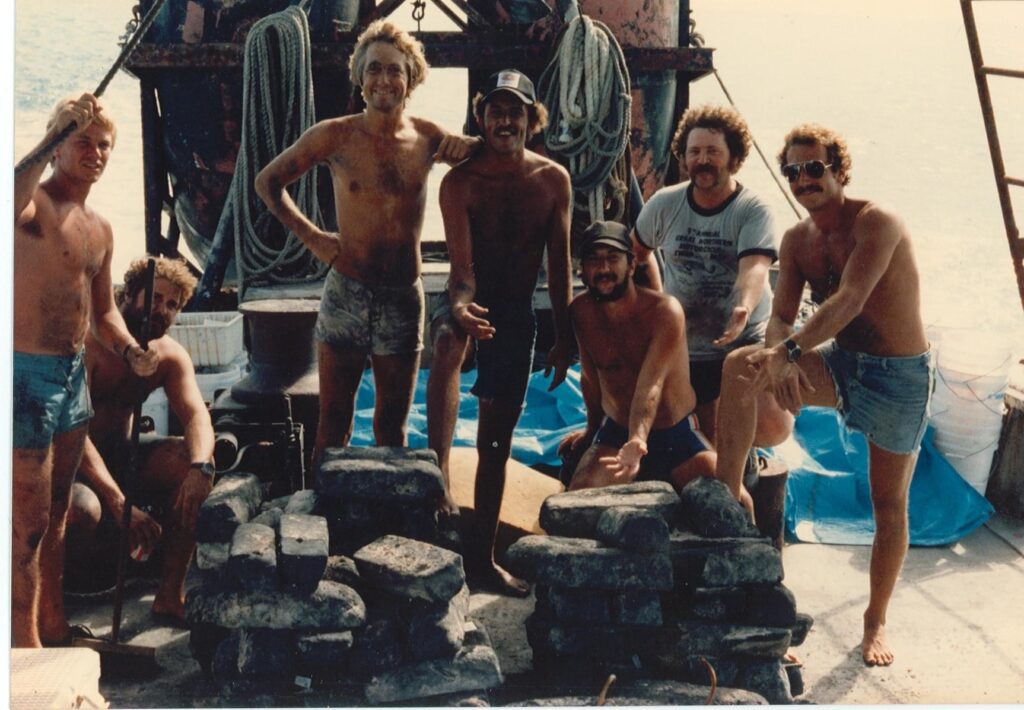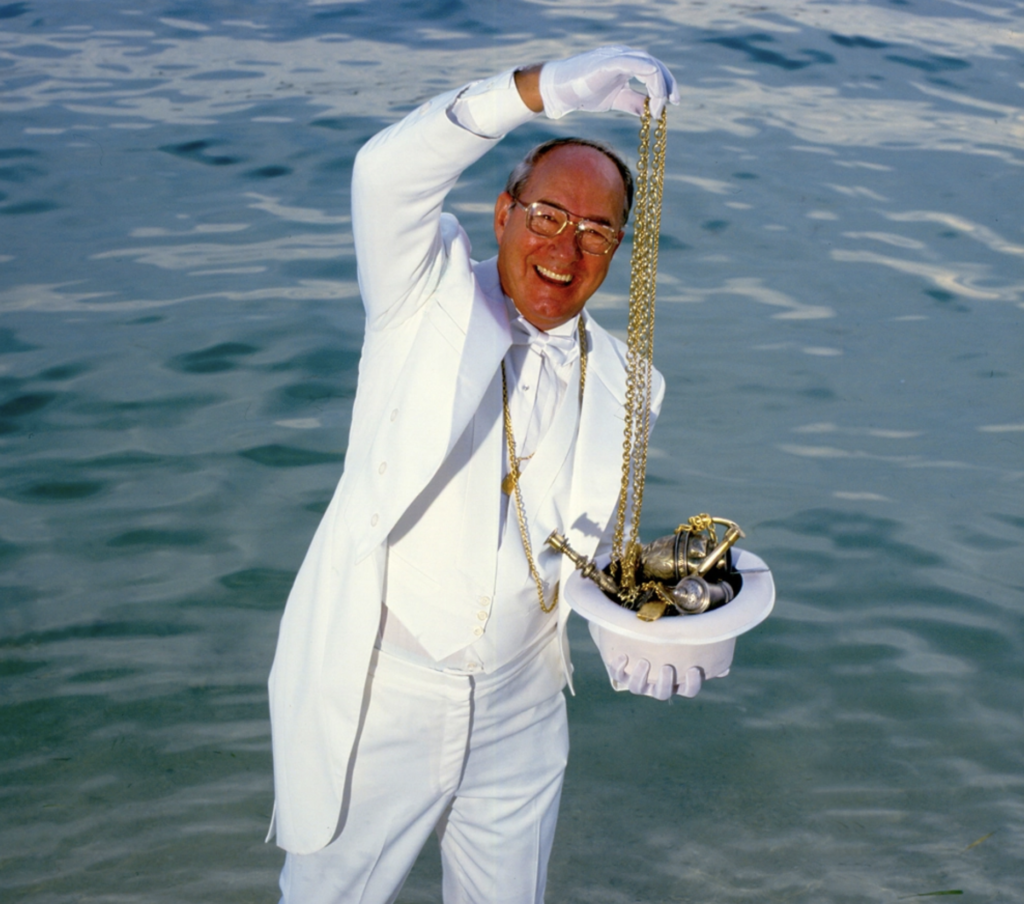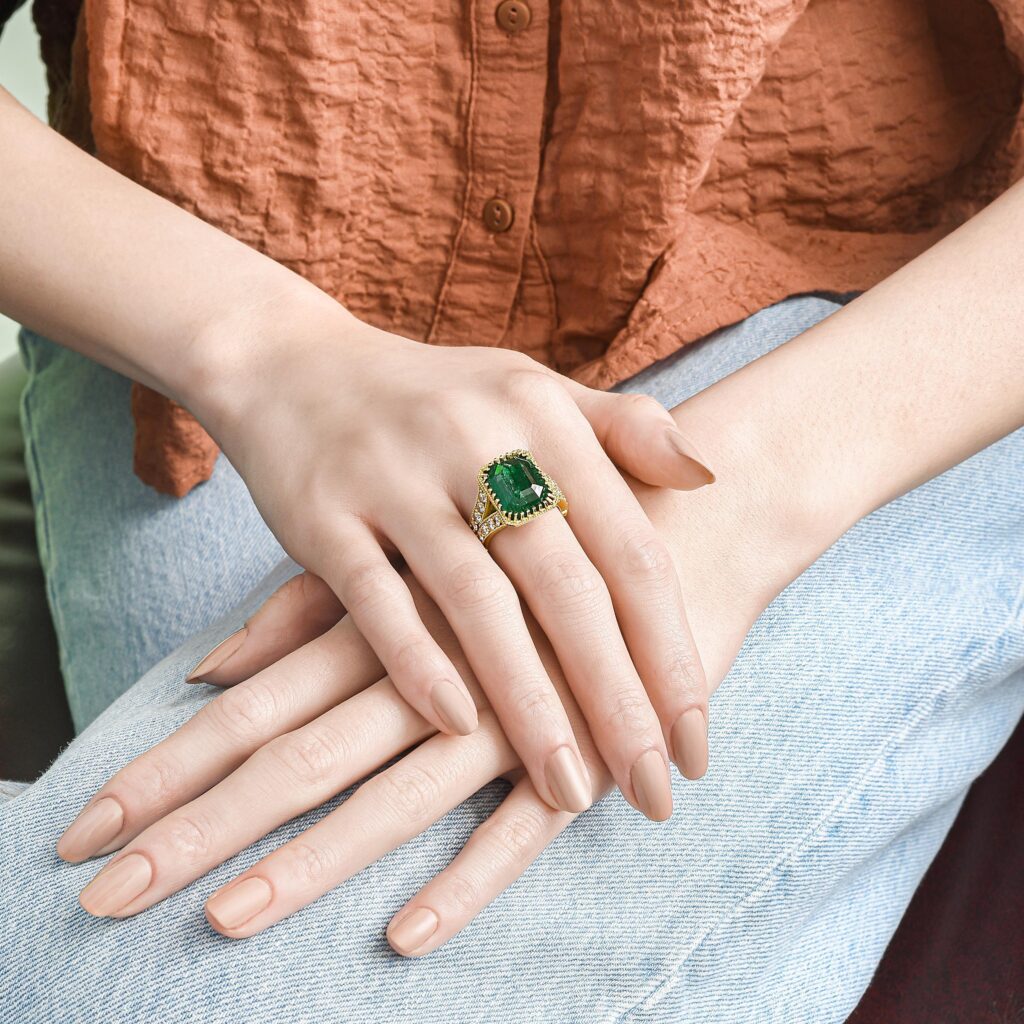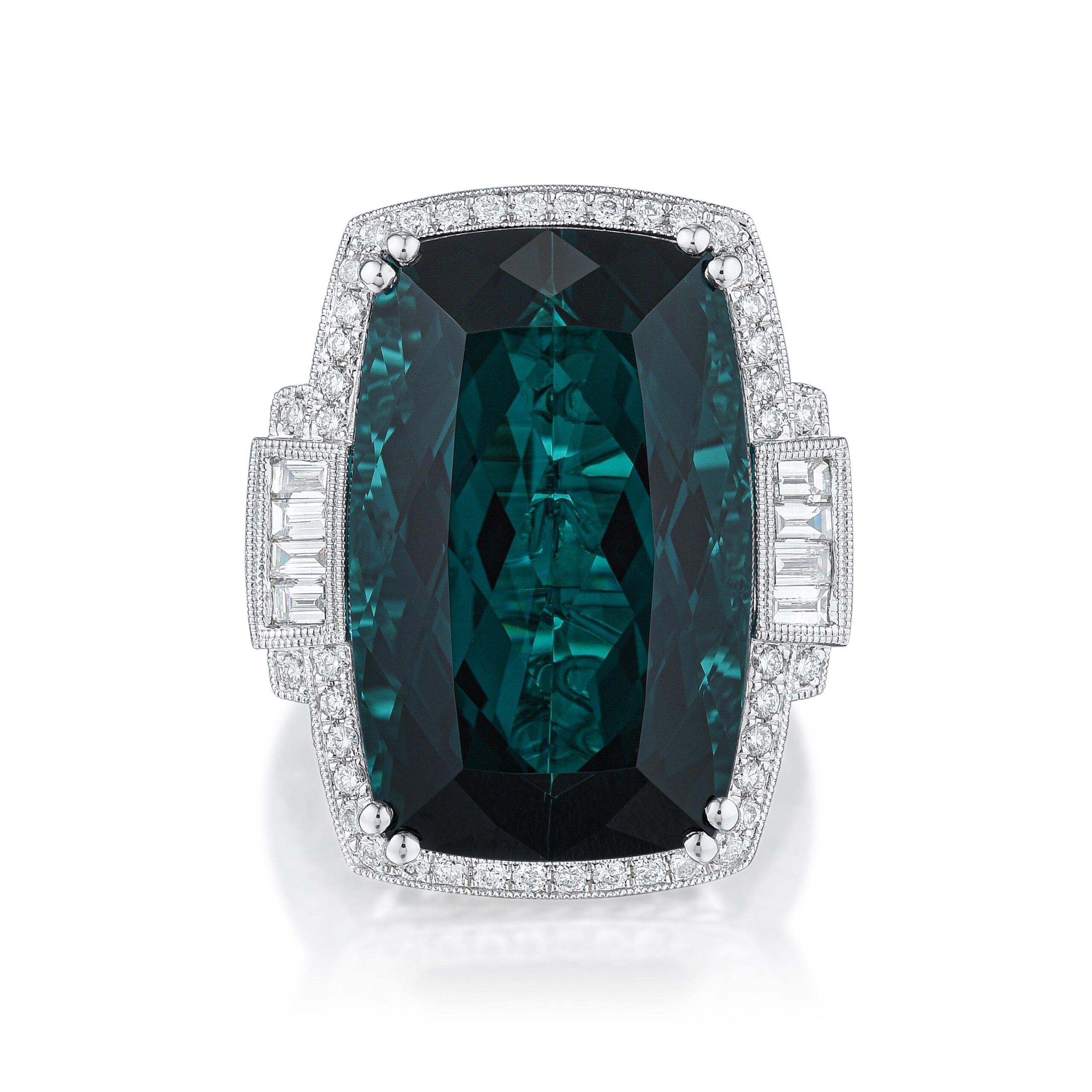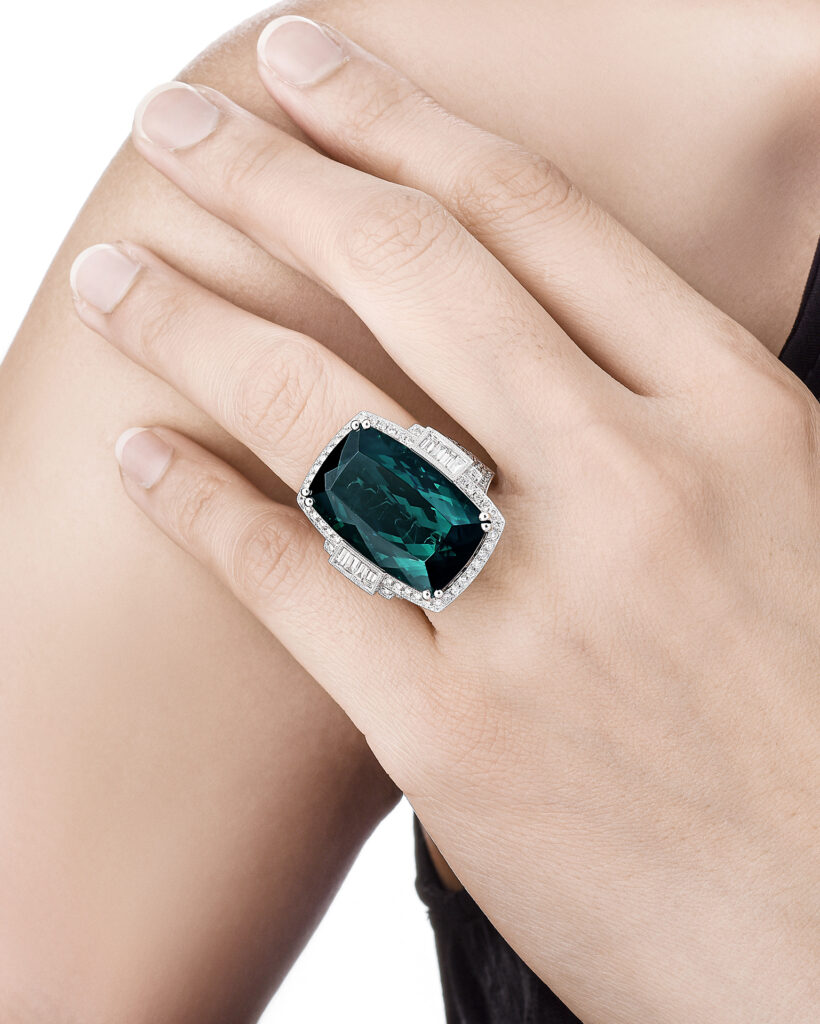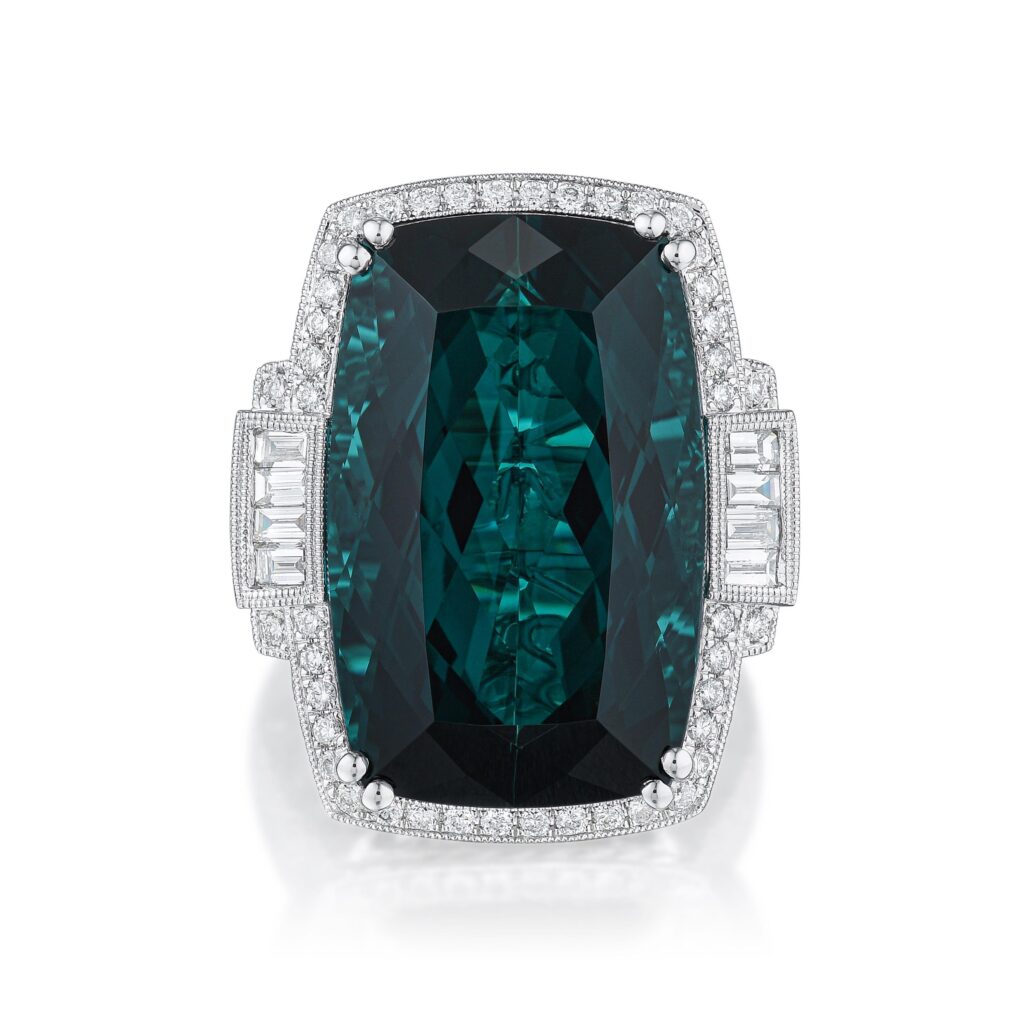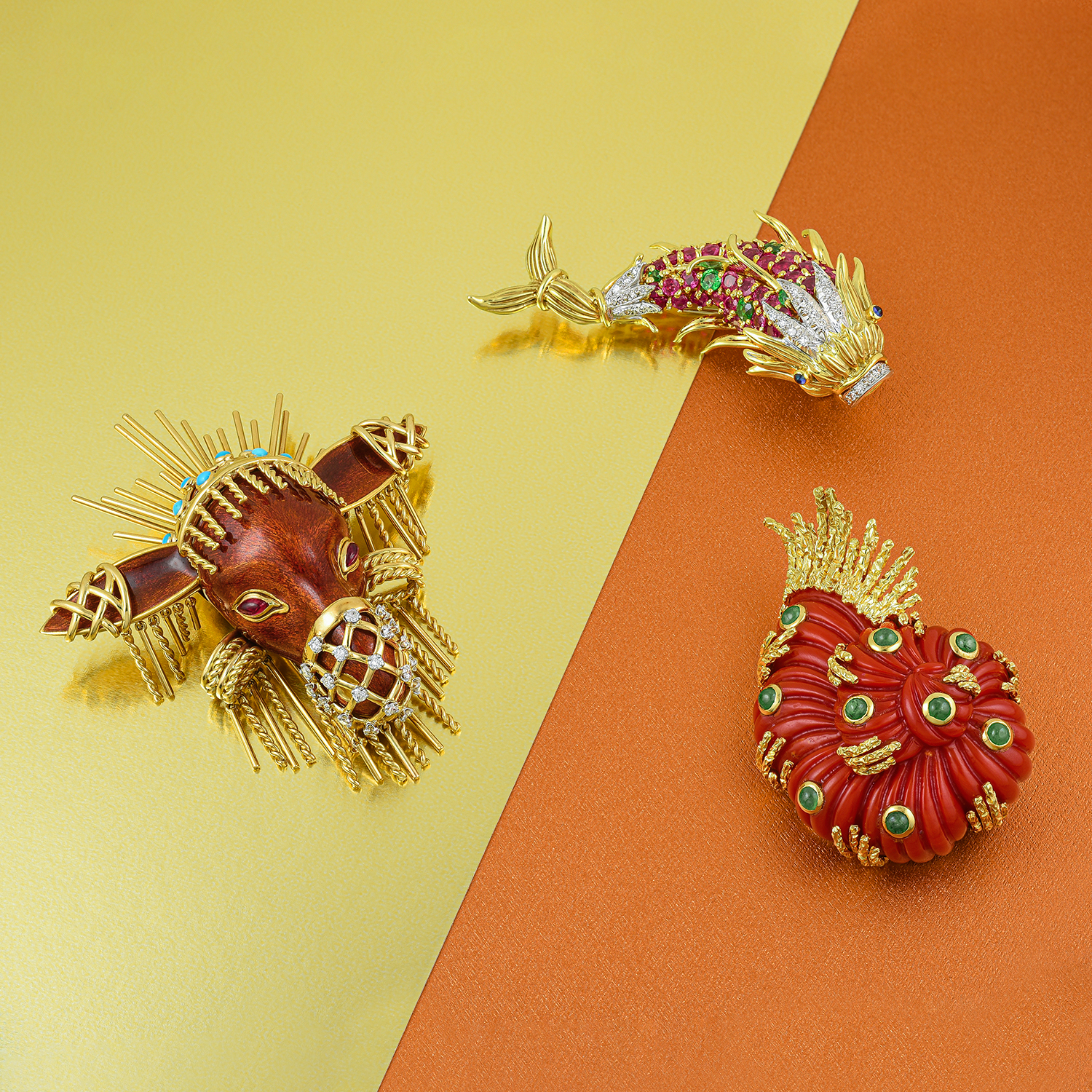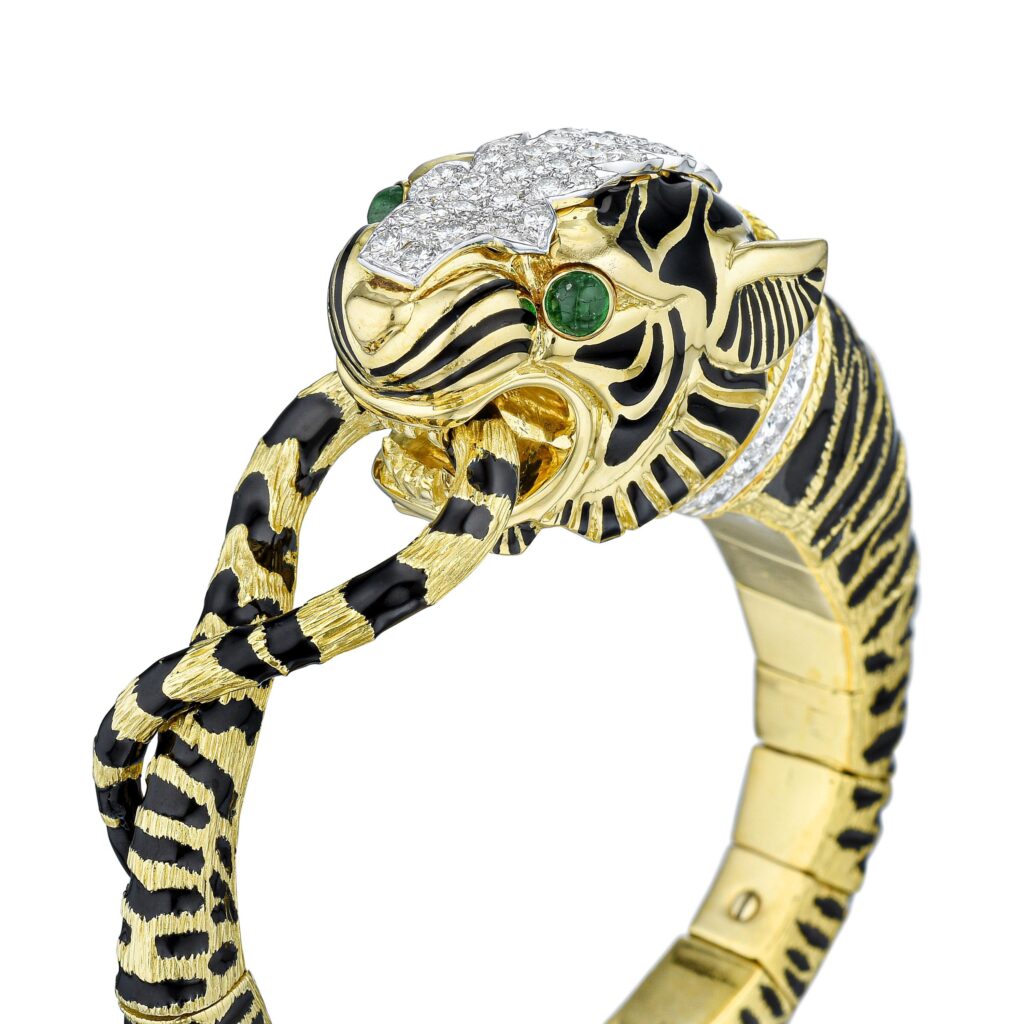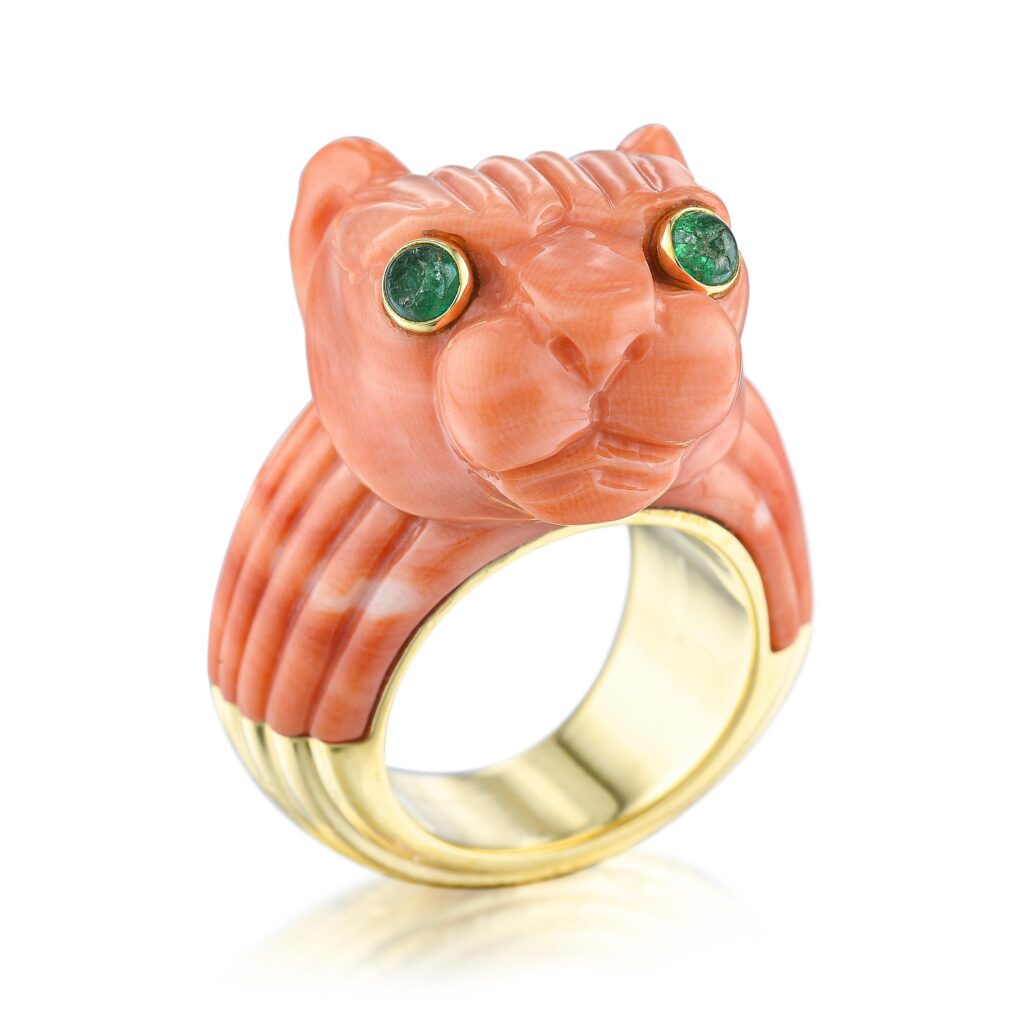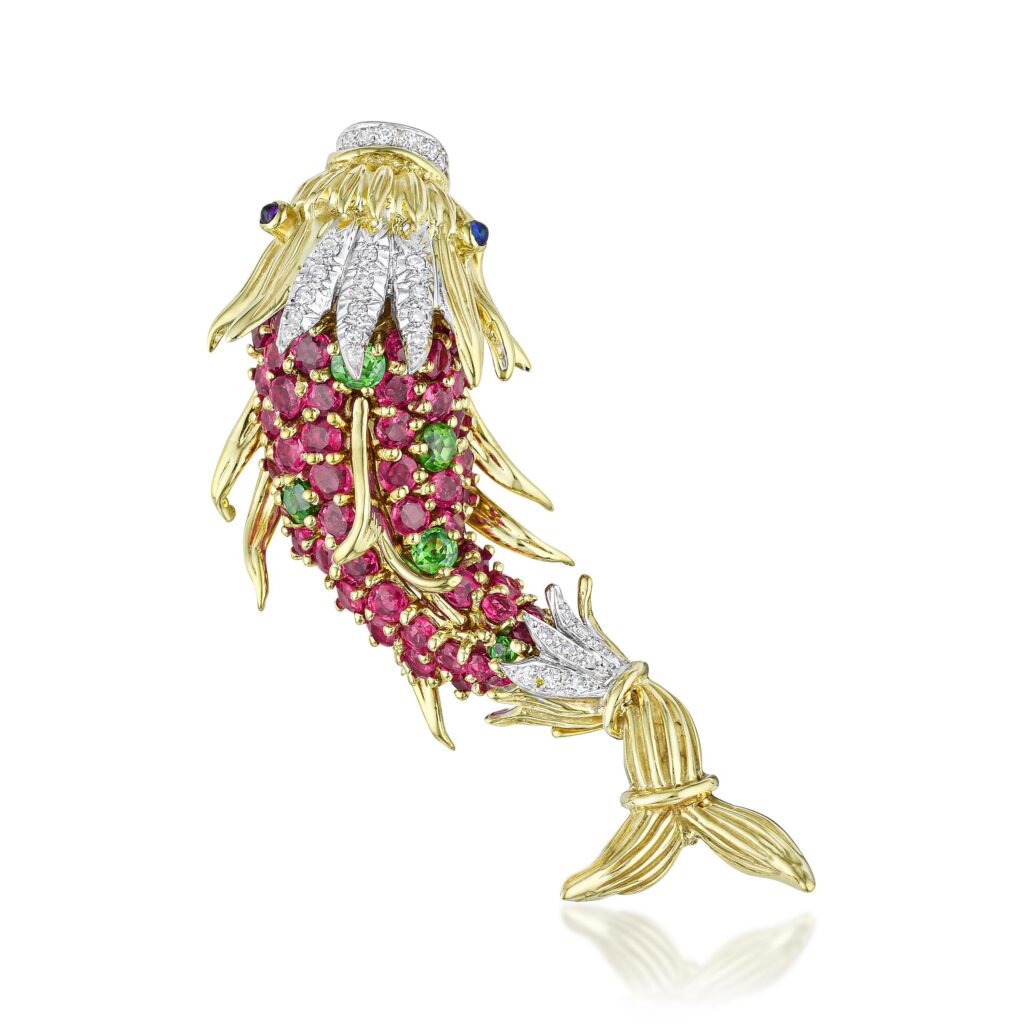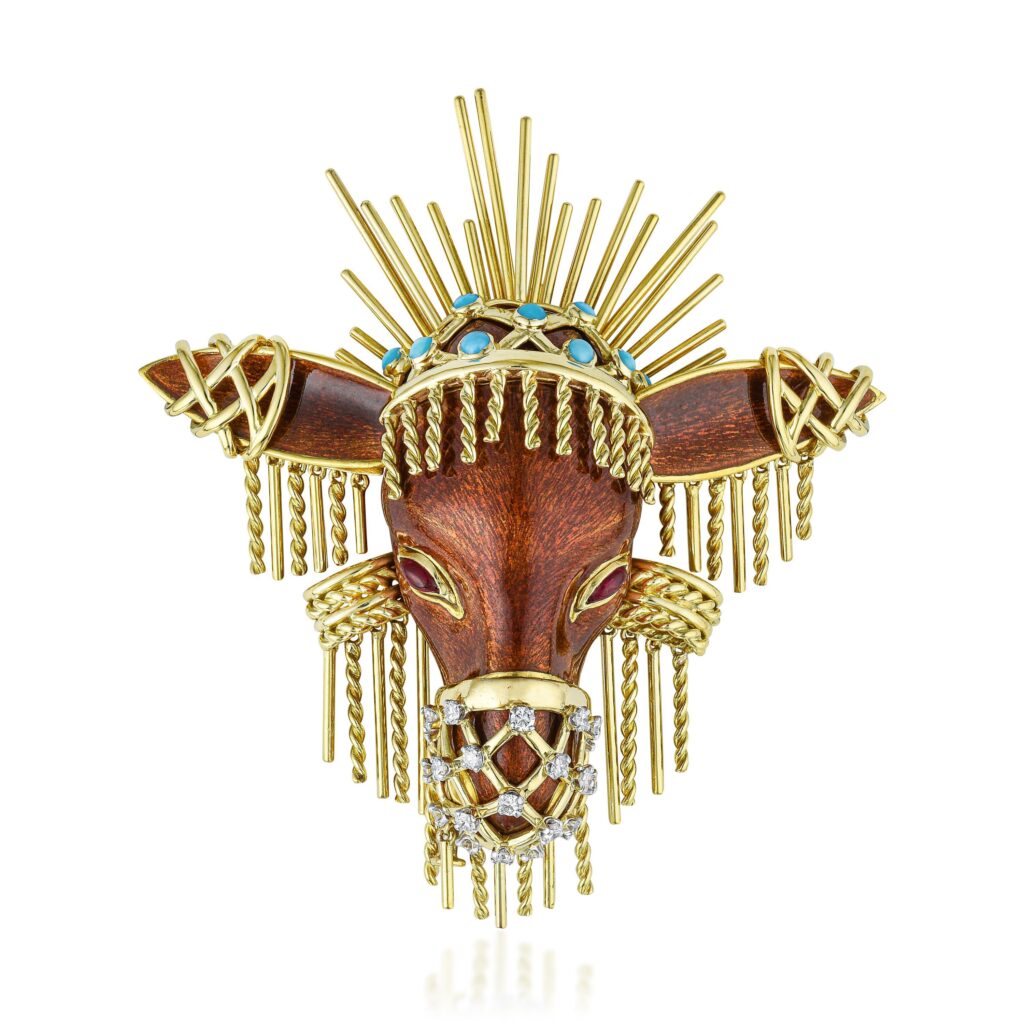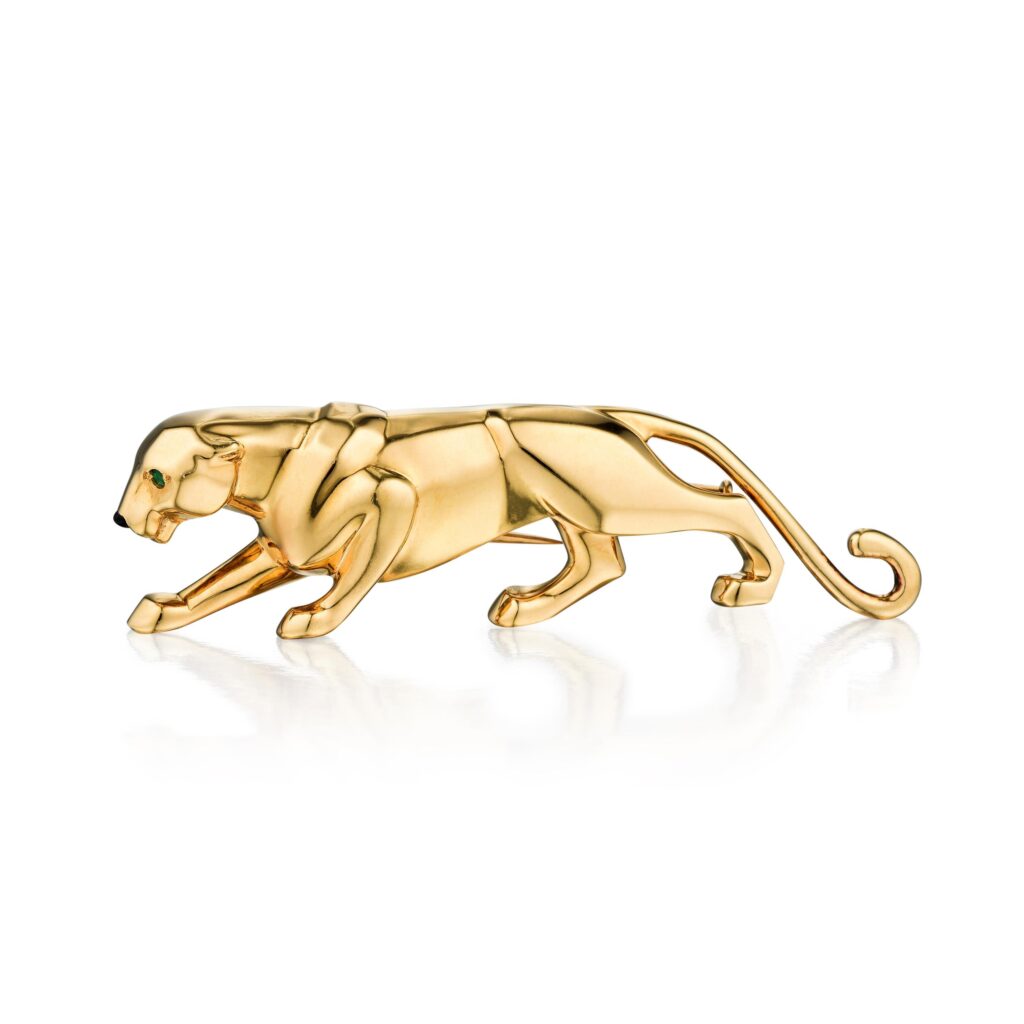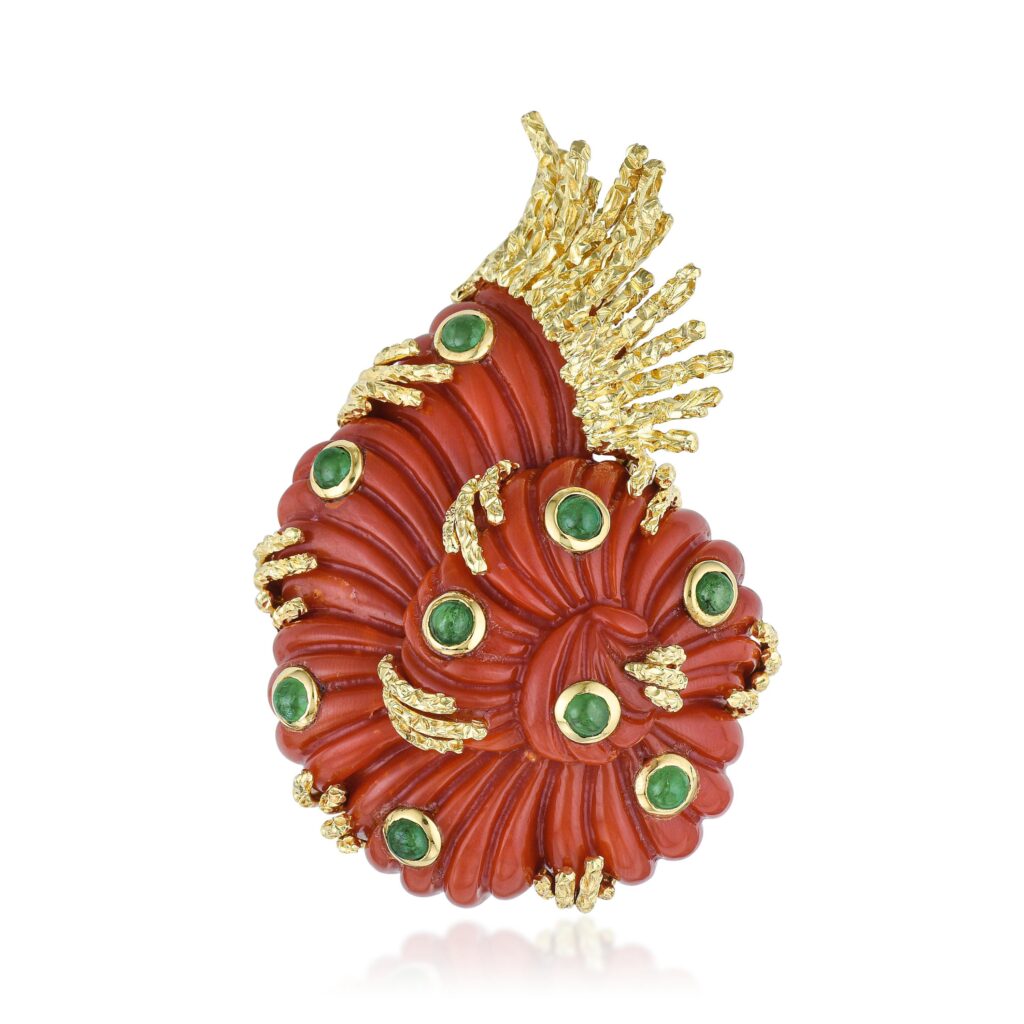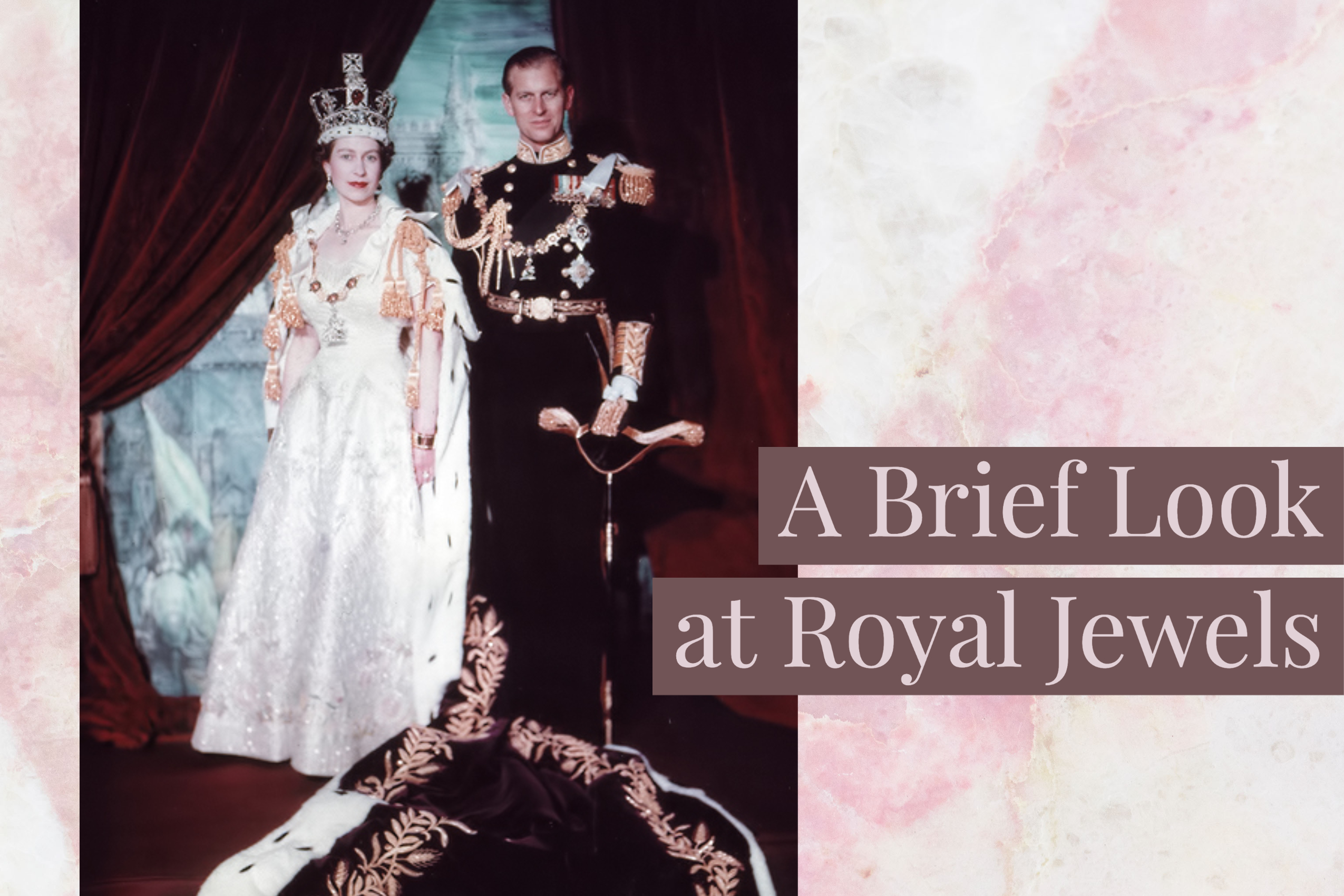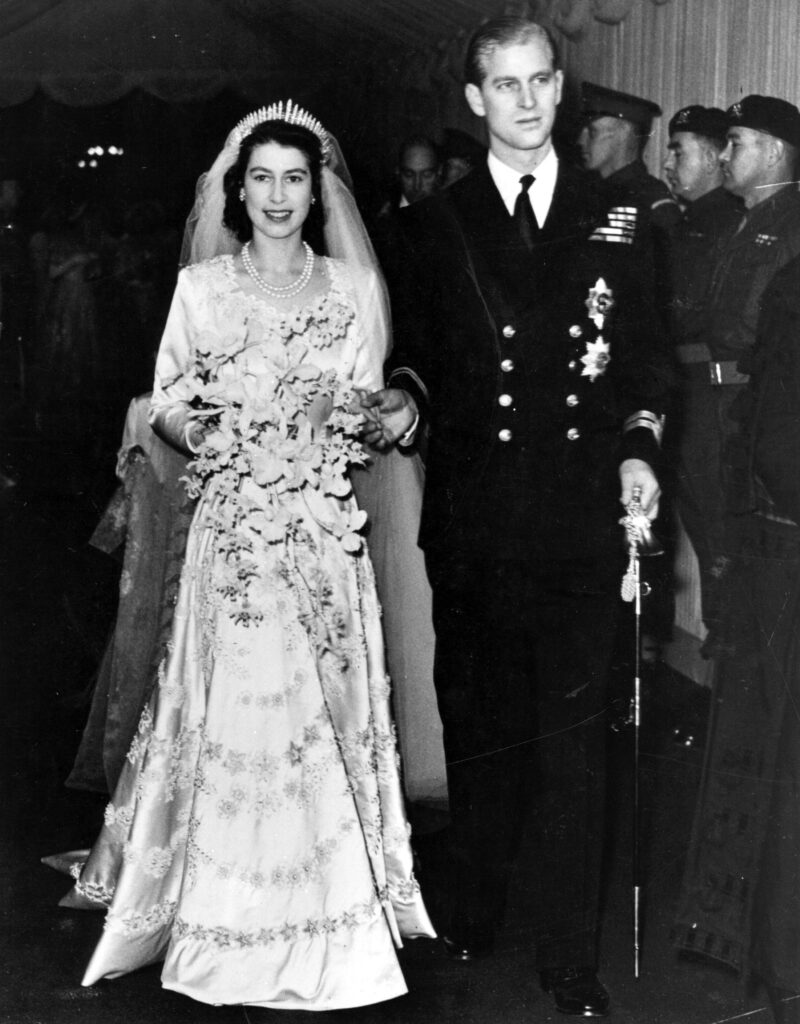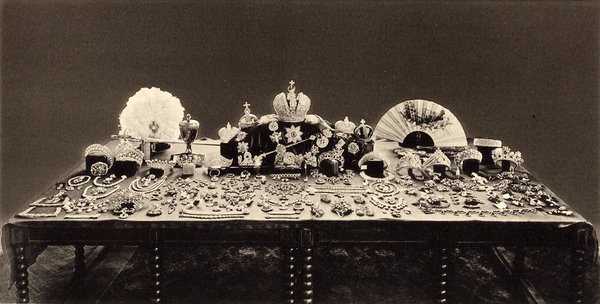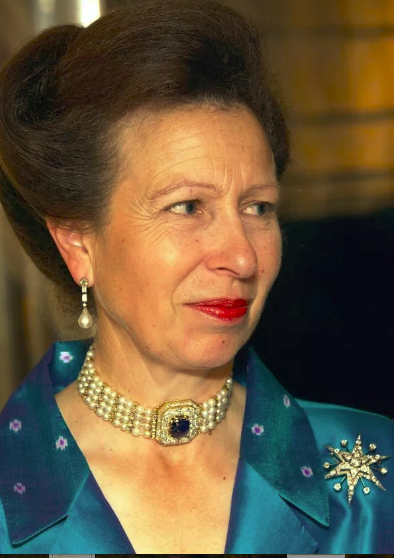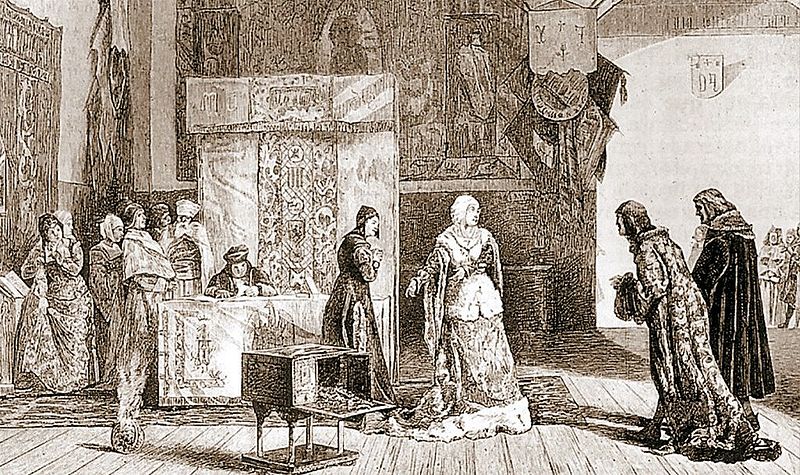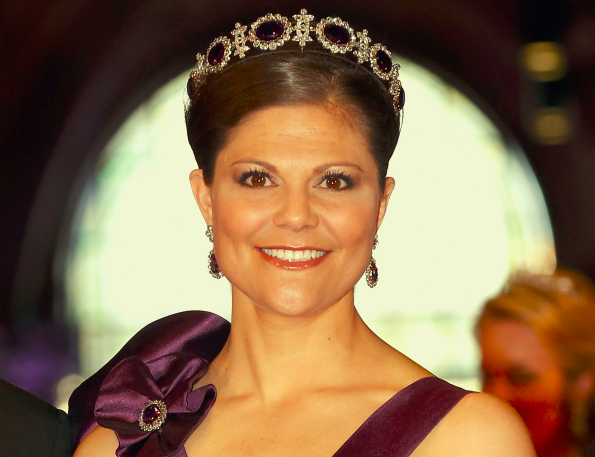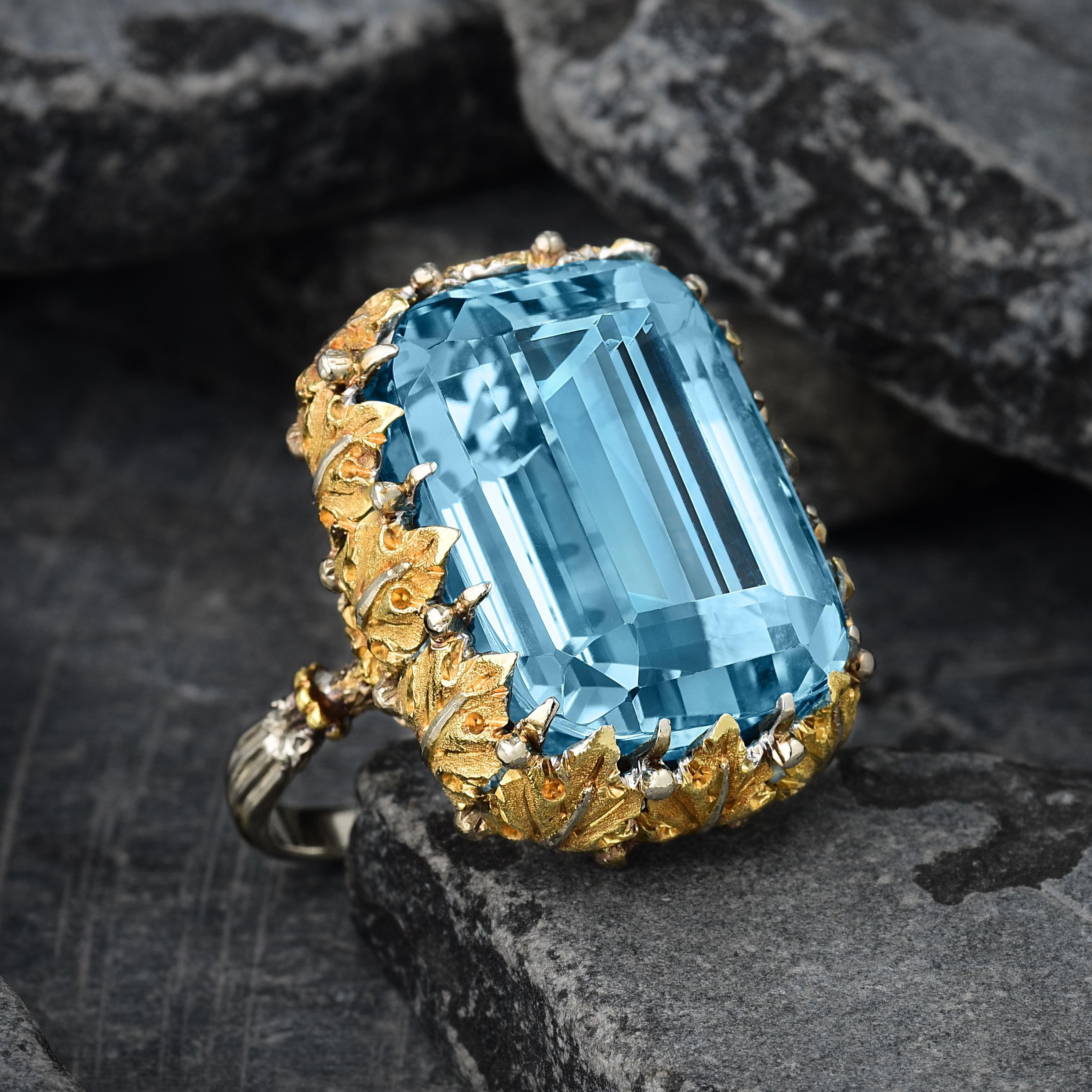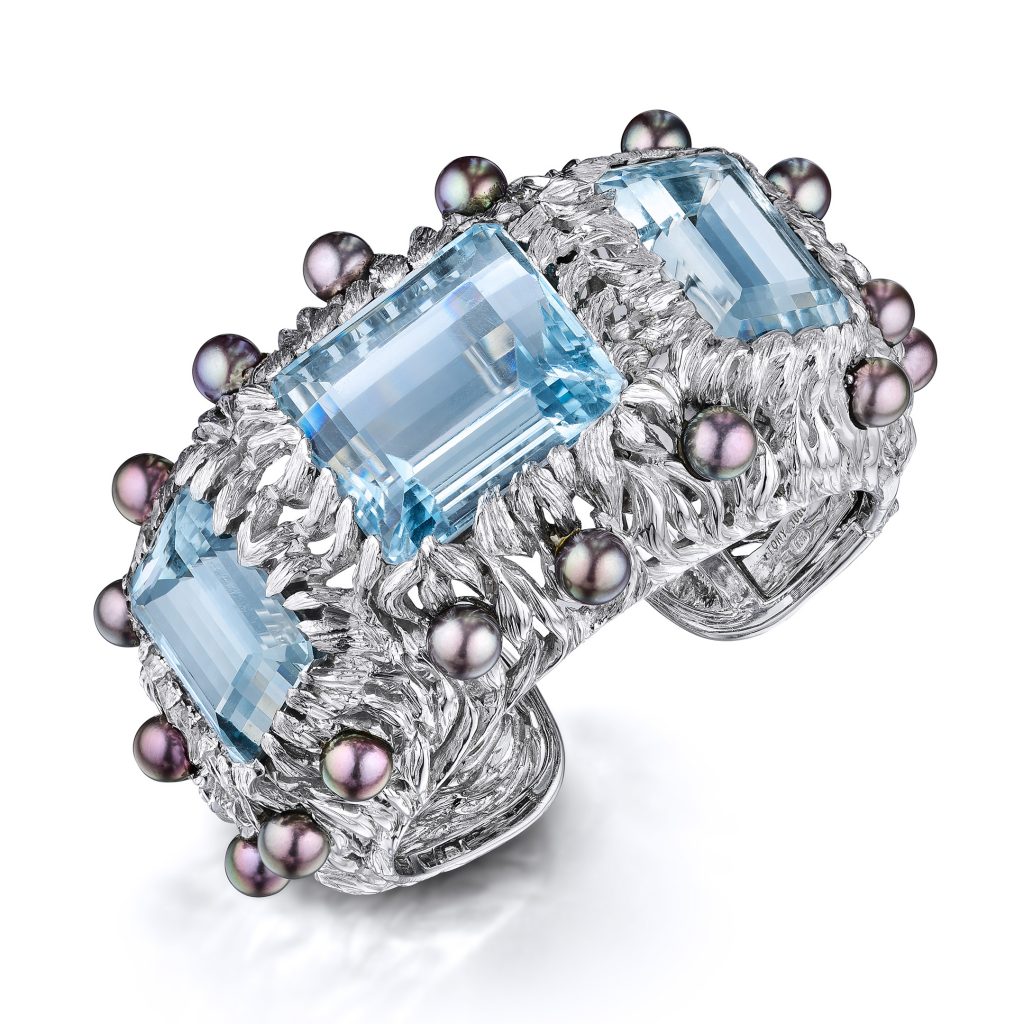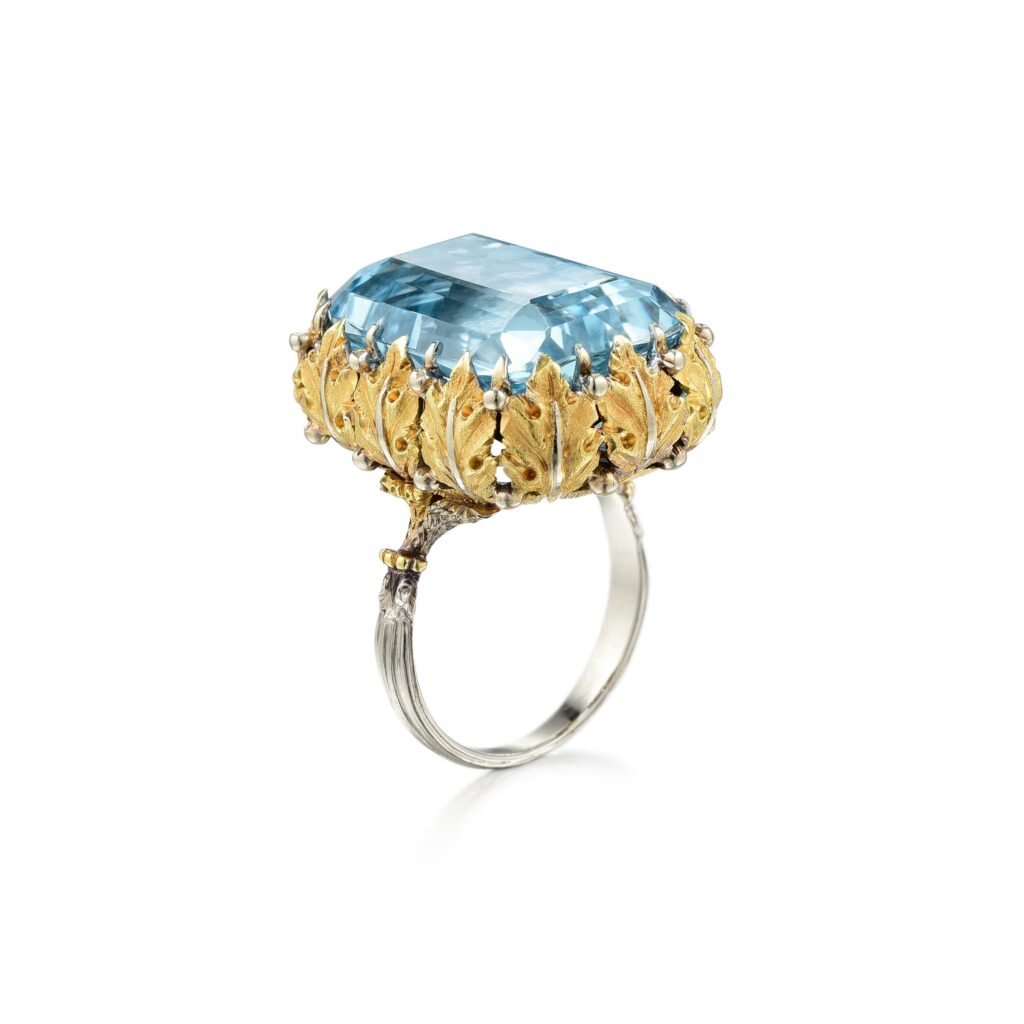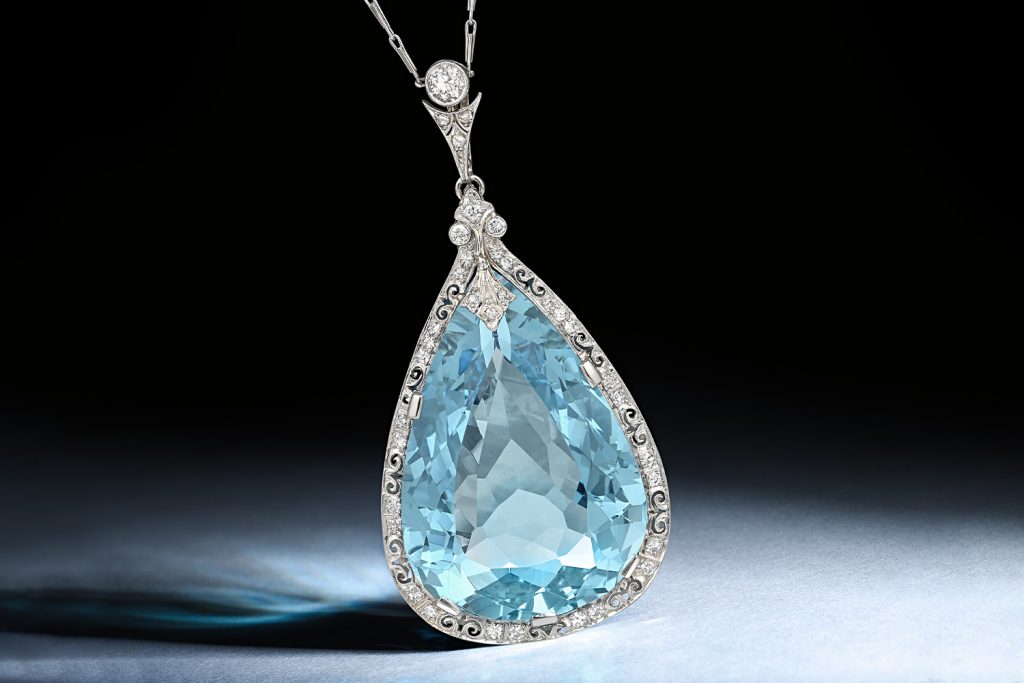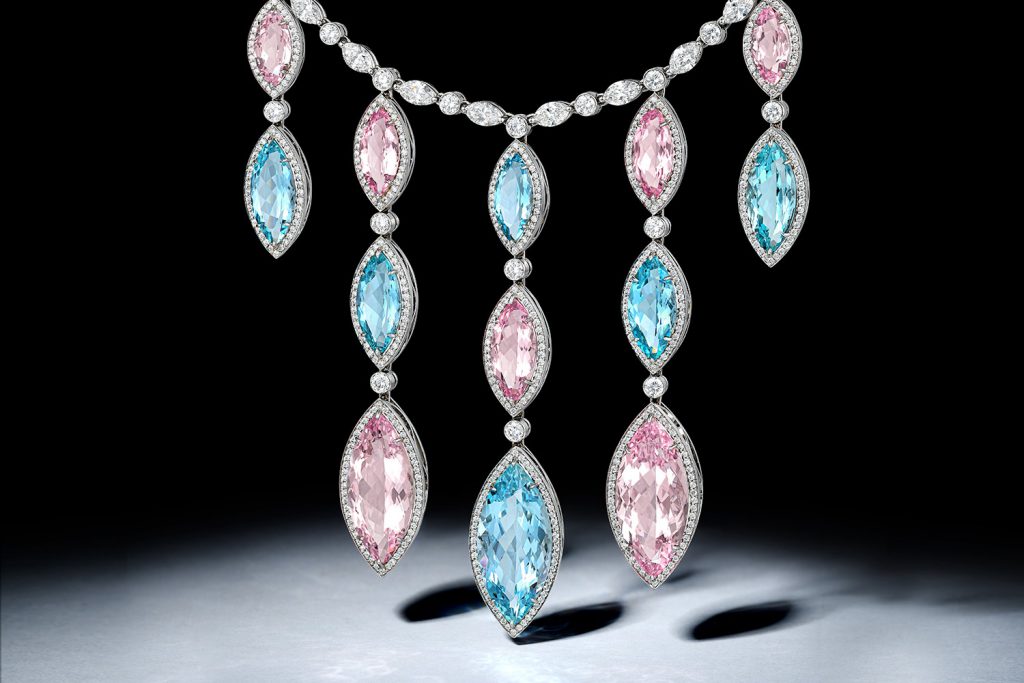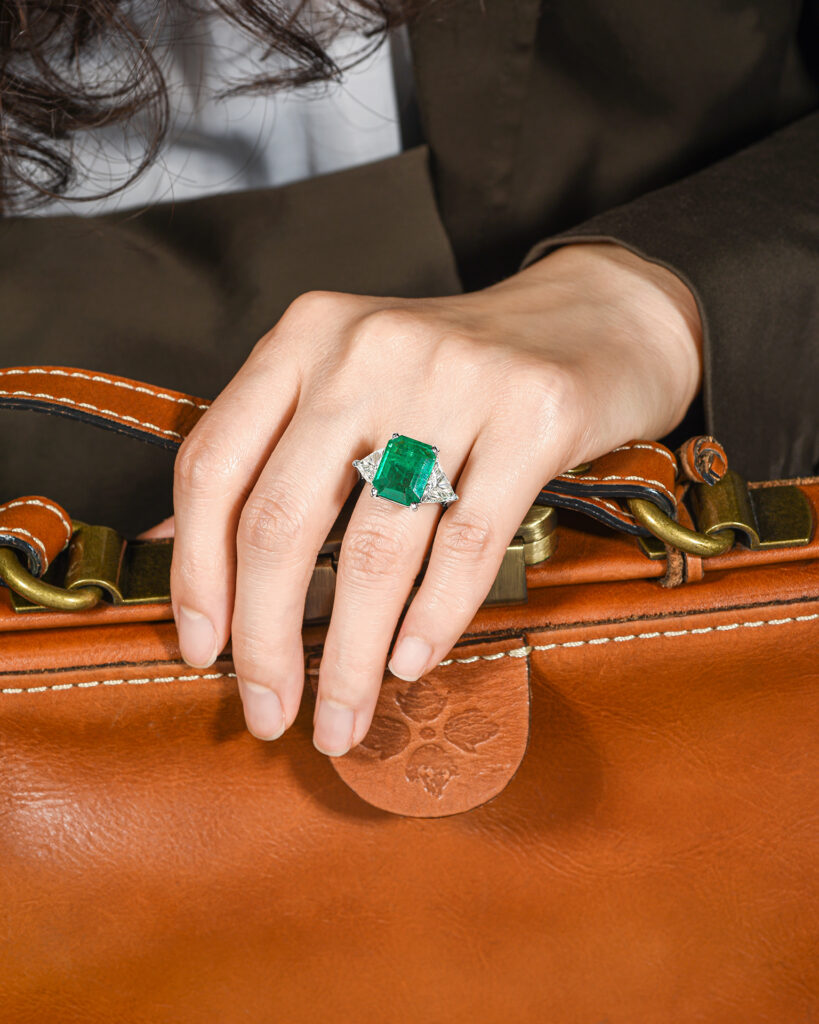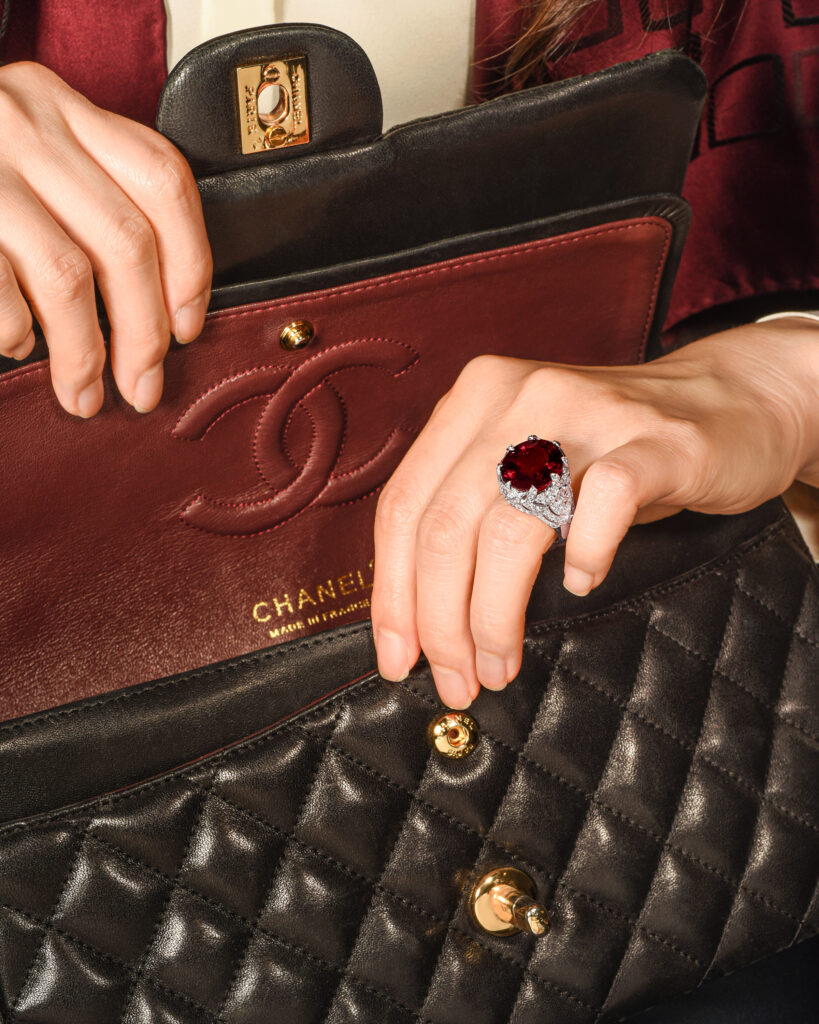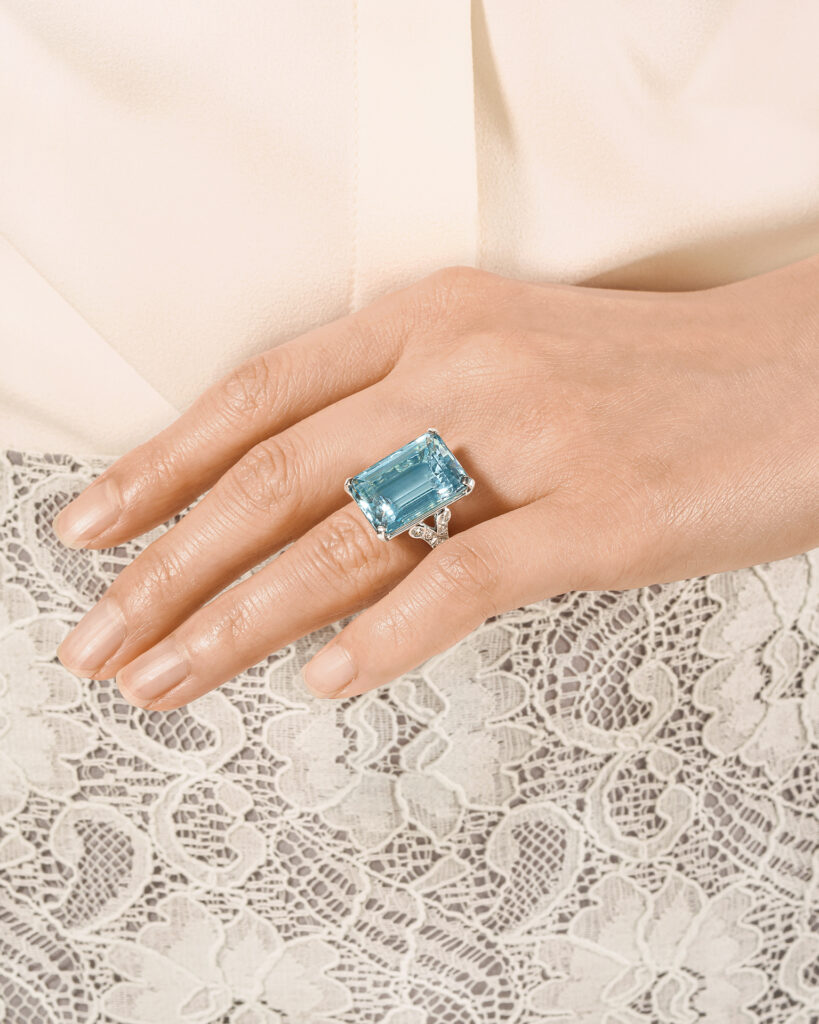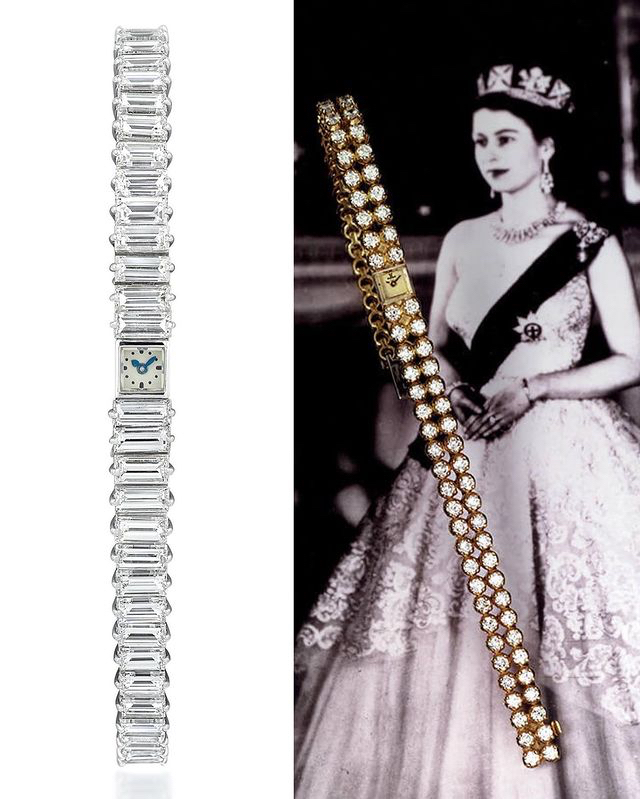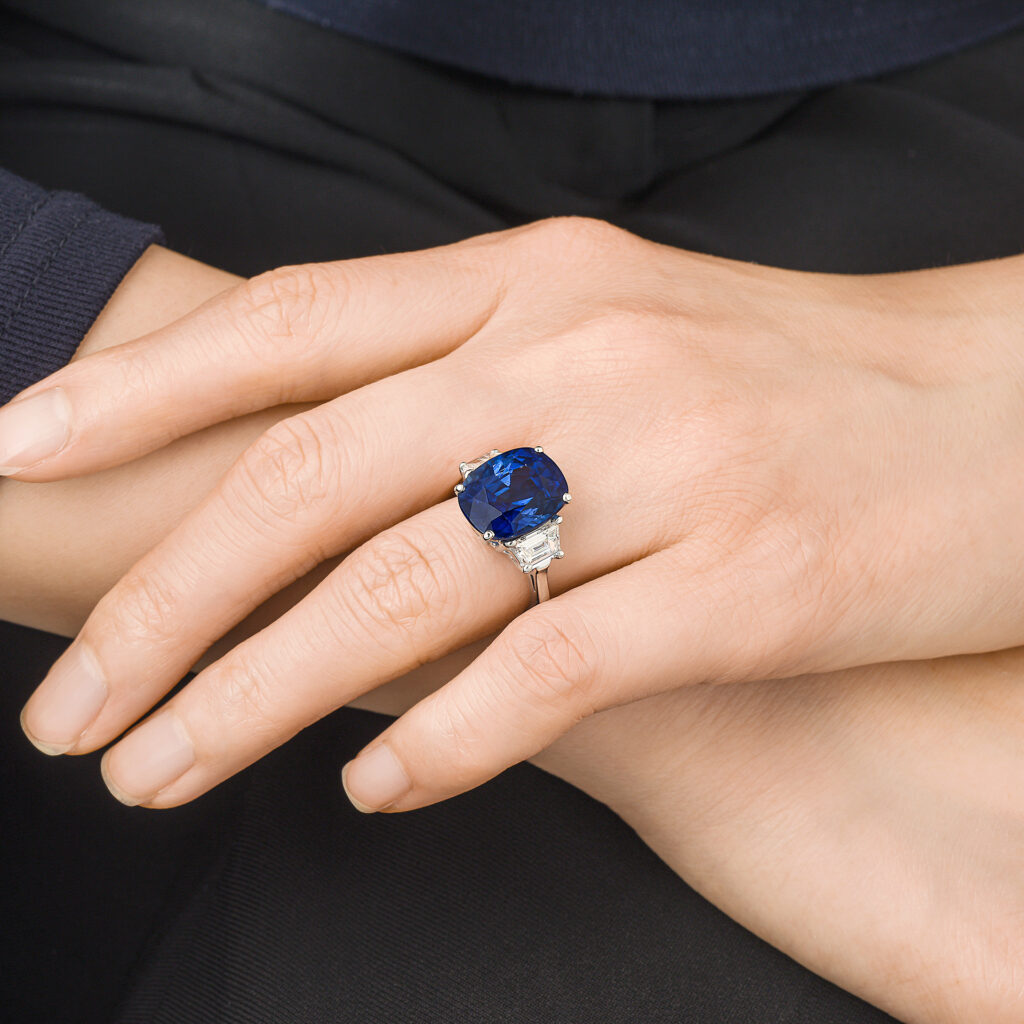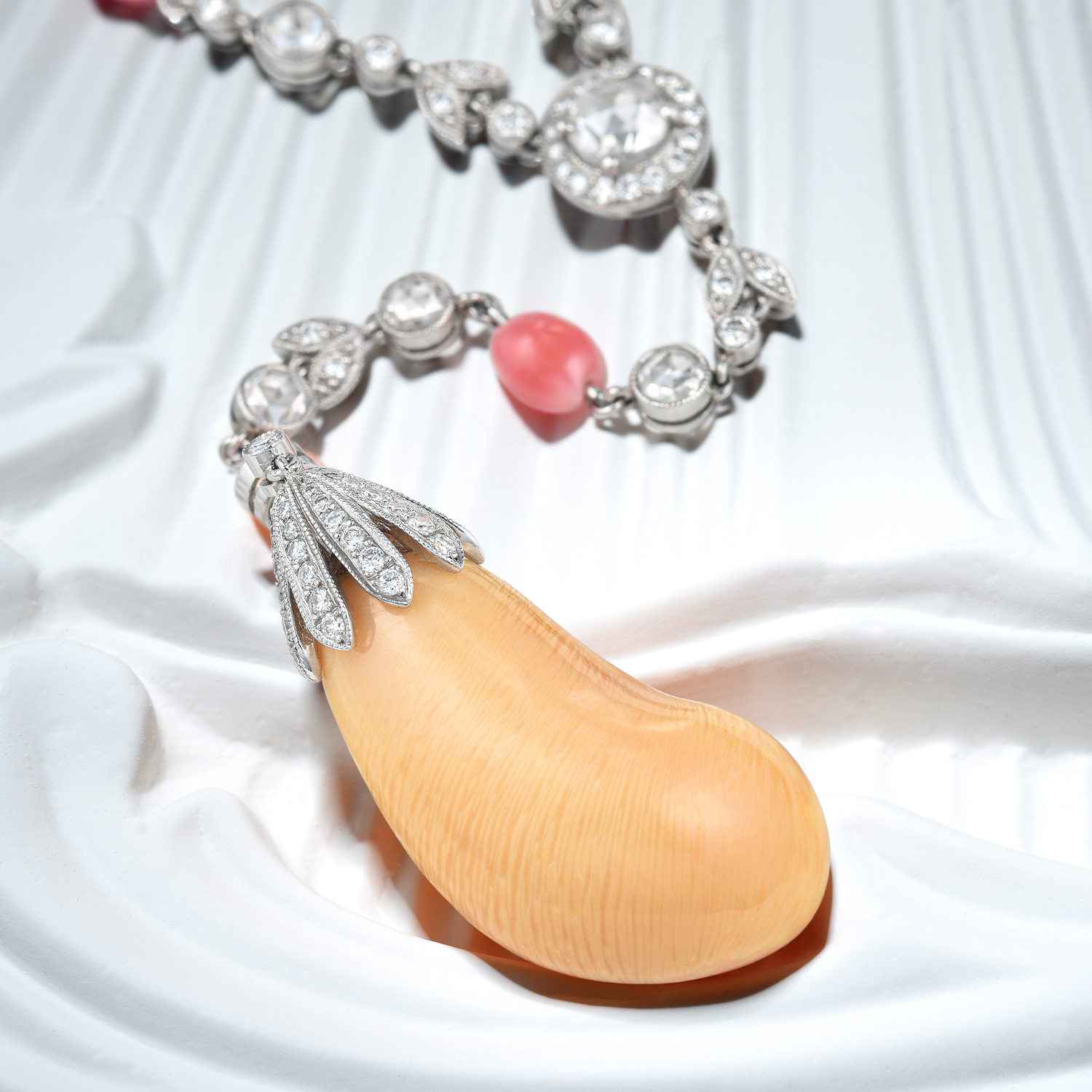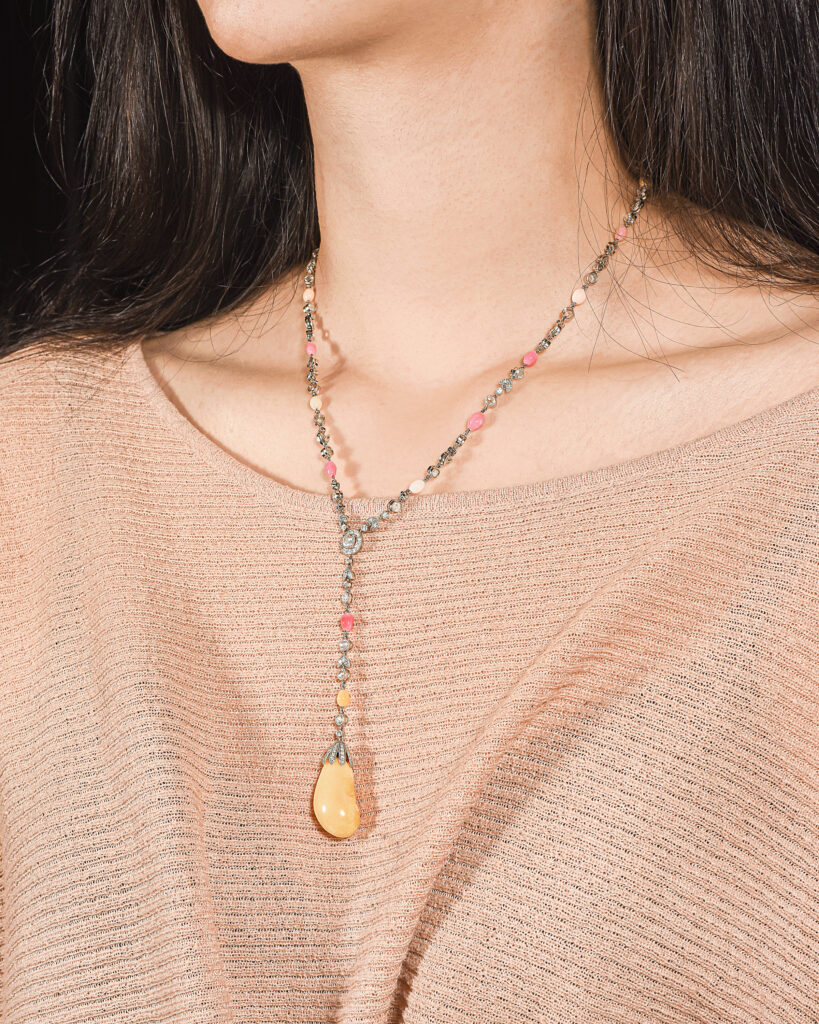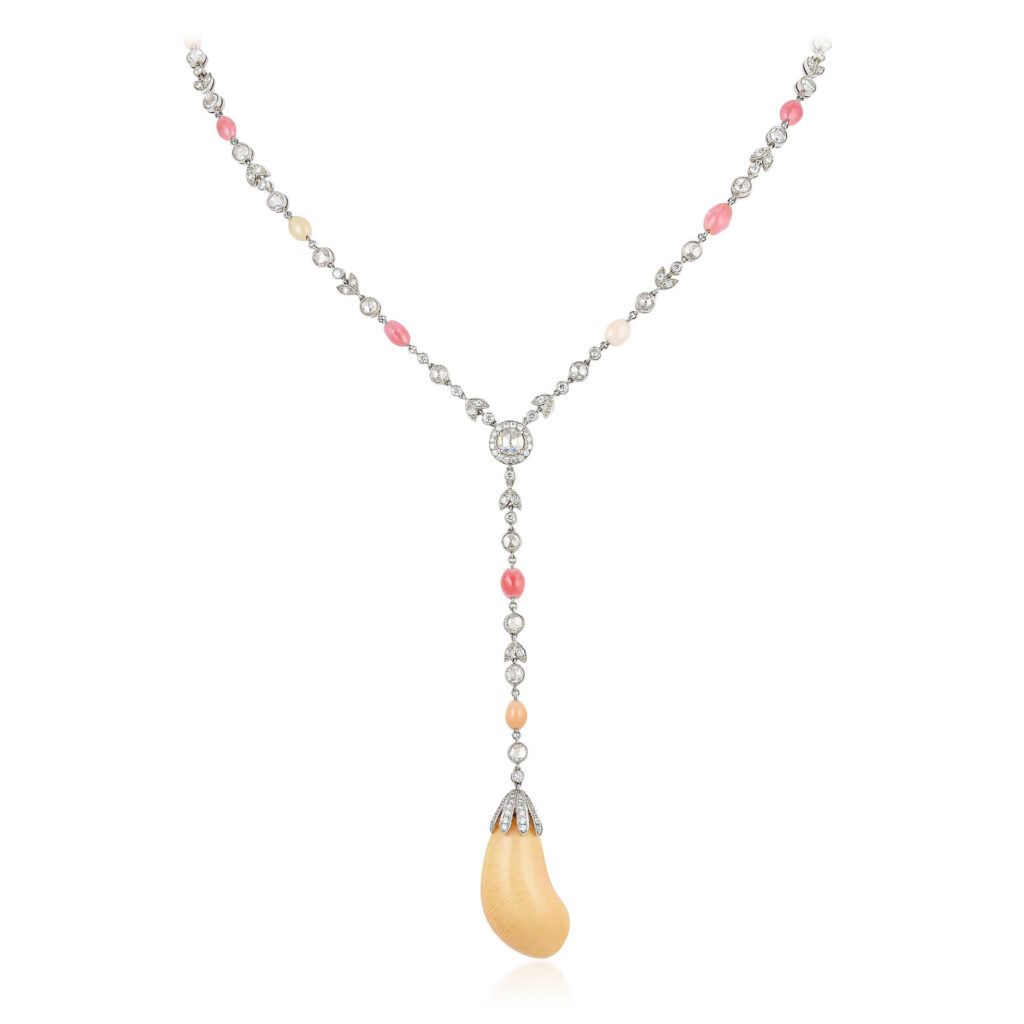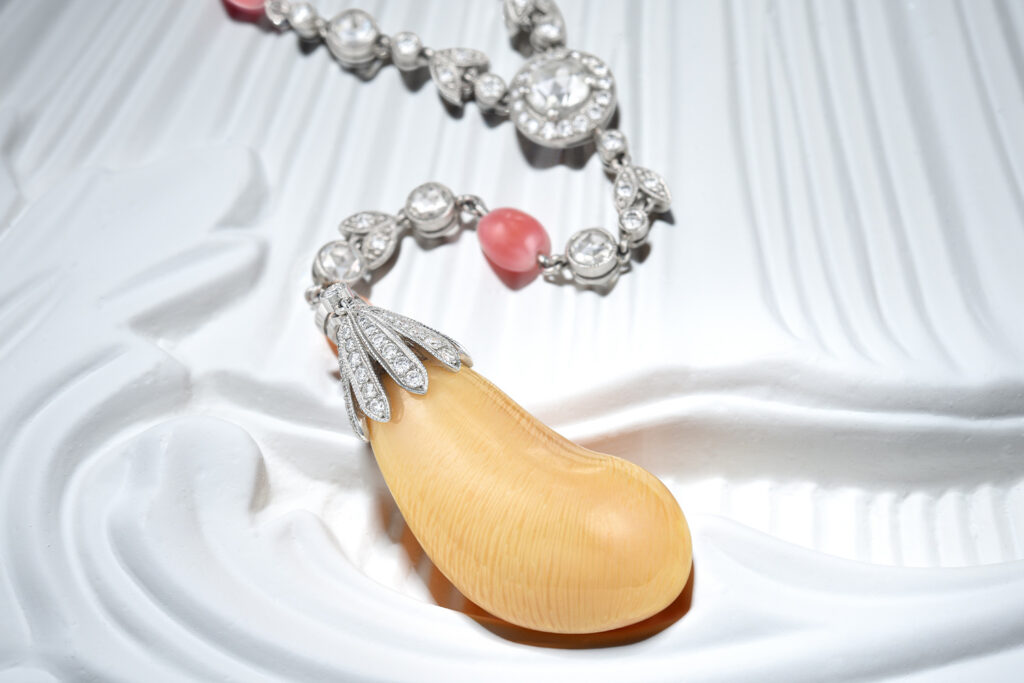You’ve likely heard of Cartier before—especially their well-known pieces like the Cartier Love bracelet or Tank watch. Cartier is a French-based luxury goods company specializing in jewelry and watchmaking. Here, you’ll learn more about the history of Cartier, as well as how to sell and buy coveted Cartier collectibles.
The History Behind Cartier
Cartier’s origin began with Louis-François Cartier, the founder, born in Paris in 1819. He spent most of his early adulthood as an apprentice under a master watchmaker. In 1847, Cartier bought the store from his apprentice—the beginning of Cartier’s successful journey.
Soon, Cartier’s craft extended from watchmaking into jewelry. He bought what he could afford and made the best pieces he could, strengthening his craft with every piece made. Cartier would sell his pieces and invest the profits into buying bigger and better materials, his work building the Cartier business to new levels.
In the late 1800s, Louis-Francois Cartier’s son, Alfred Cartier, took over the business. Around this time, France’s elites were fleeing from France in the heat of a Socialist revolution. They were looking for any way out, including by selling their finest jewelry and watches at a desperately low price. Alfred bought these pieces, and from there, the Cartier business skyrocketed.
With a century of growth throughout the 1900s, Cartier grew to be a well-known jewelry and watchmaking brand. Although Cartier is no longer family-owned, it’s still widely successful, operating more than 200 stores in 125 countries, including London, New York and Paris.
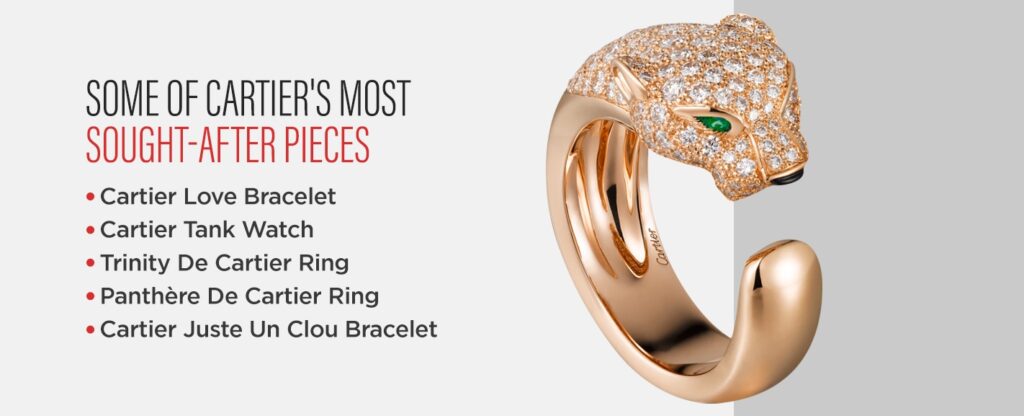
Some of Cartier’s Most Sought-After Pieces
All of Cartier’s pieces are highly sought after. Collectors enjoy the exclusivity of the brand, seeking both antique and new pieces to add to their collection. Some of the most sought-after Cartier pieces are:
1. Cartier Love Bracelet
Perhaps one of the most well-known Cartier jewelry is the Cartier Love bracelet. Aldo Cipullo, who is the only man allowed to have his signature on a Cartier piece, originally designed the unique bracelet.
The bracelet’s design is relatively simple, but its symbolism makes it so popular. The Cartier Love bracelet doesn’t slip onto the wrist like most bracelets. Rather, it’s fixed onto a wearer’s wrist by two screw heads, requiring a special screwdriver to apply and remove the bracelet. The idea is to give the tool to your lover so only they can access your bracelet.
The Cartier Love bracelet is available online in various styles and sizes, and it’s widely popular with collectors and jewelry enthusiasts alike.
2. Cartier Tank Watch
The Cartier Tank watch’s design, crafted in the early 1900s, is inspired by the tracks of the French war tank Renault FT-17. The defining characteristics of the Tank watch are its rectangular face and bold hour markers. The original Tank Watch used silver metal and black leather. But, since its creation, you can find over 50 different models online currently.
3. Trinity De Cartier Ring
The Trinity collection contains many models of earrings, necklaces and bracelets, but the most sought-after Trinity style is the original ring. The ring has three intertwining pieces representing the three stages of romance—friendship, fidelity and love. To further symbolize those stages, each piece is its own metal, including pink, yellow and white gold.
4. Panthère De Cartier Ring
One of Cartier’s most recognized symbols is the panther. It began its association with the brand in 1914 when Louis-Francois Cartier commissioned an artist to paint a bejeweled lady posing with the wild cat. The piece was called “Dame a la Panthère” and was featured in one of Cartier’s most famous advertising campaigns. Admirers received the panther so well, it solidified the piece into the Cartier brand.
Over the century, you can find the Cartier panther integrated into many of the brand’s works, including the Panthère de Cartier ring. There are currently over 40 models of the panther ring, which you can find in different metals and with various adorned gemstones and unique interpretations.
5. Cartier Juste Un Clou Bracelet
The name of the Juste un Clou bracelet directly translates to “just a nail”—and that’s exactly what it is. The original design is a simple, long golden nail, wrapped to form the shape of a bracelet. The style is minimalist, proving Cartier can make anything beautiful. Now, you can find varying styles, including different metals and gemstone adornments.
How to Buy or Sell Cartier Jewelry and Watches
Are you ready to part from your Cartier jewelry to make room for new pieces in your collection? Or are you a collector looking for antique and new Cartier styles to purchase? Consider selling or buying Cartier jewelry at FORTUNA® — a leading auction house serving sellers and buyers across the globe.
How to Buy Cartier Jewelry
Participate in FORTUNA’s monthly sales by registering with us first. Before the bid date, confirm your identity by providing a photo of your ID, as well as your credit card information for billing purposes. Once registered, you’ll be added to FORTUNA’s book of trusted bidders.
You can bid on Cartier jewelry online by downloading the FORTUNA app or using one of our affiliated third-party sites, Live Auctioneers or Invaluable. Or, you can join FORTUNA in-person in New York City. When bidding in-person, our auctioneers will distribute numbers and paddles, which you will use to place bids on items you want, like Cartier jewelry or watches.
How to Sell Cartier Jewelry
Before your piece goes to auction, contact FORTUNA for a free valuation. We can evaluate your Cartier piece online or in-person via appointment. Our experts will give you a reliable estimate based on a set of criteria, including the item’s:
- Aesthetic
- Materials
- Craftsmanship
- Condition
- Alterations
- Rarity
Once you receive your estimate, we request an in-person valuation. To complete this evaluation, FORTUNA will give you an insured shipping label. Using this label, send us your Cartier piece, which we will keep safe and secure in one of our state-of-the-art vaults. Once at our New York City location, we will give you a low and high auction estimate.
If you agree to sign the consignment agreement — stating everything you need to know about our consignment process — we will prepare your item for auction. After the auction, you’ll receive a settlers agreement outlining how much your piece sold for and what you’ll receive for its selling.
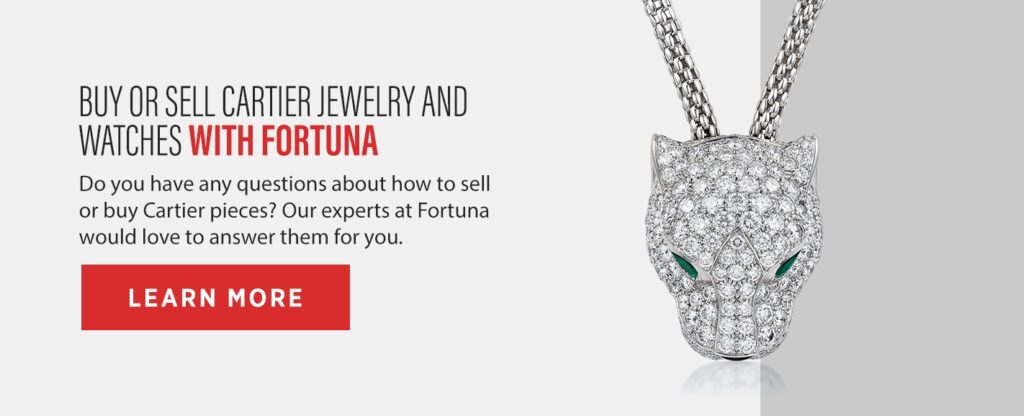
Buy or Sell Cartier Jewelry and Watches With FORTUNA
Do you have any questions about how to sell or buy Cartier pieces? Our experts at FORTUNA would love to answer them for you. Learn more about how our process works by contacting us online or giving us a call at 212-389-9040.

